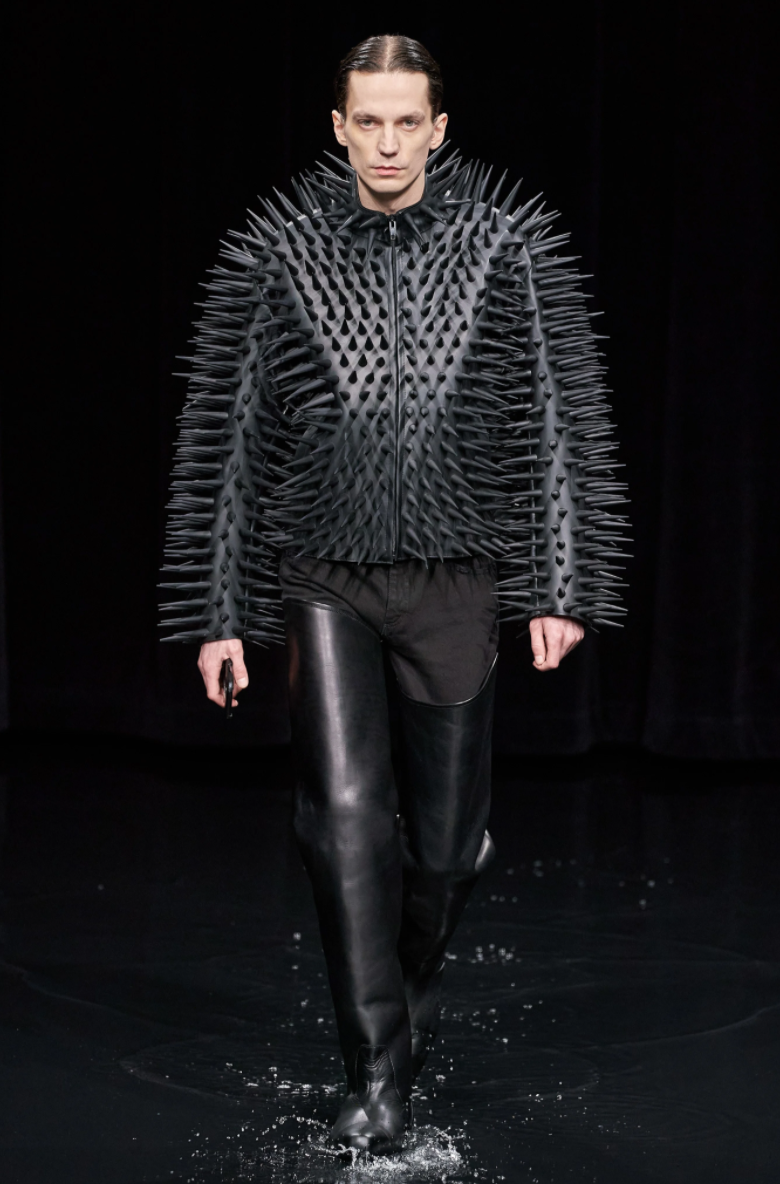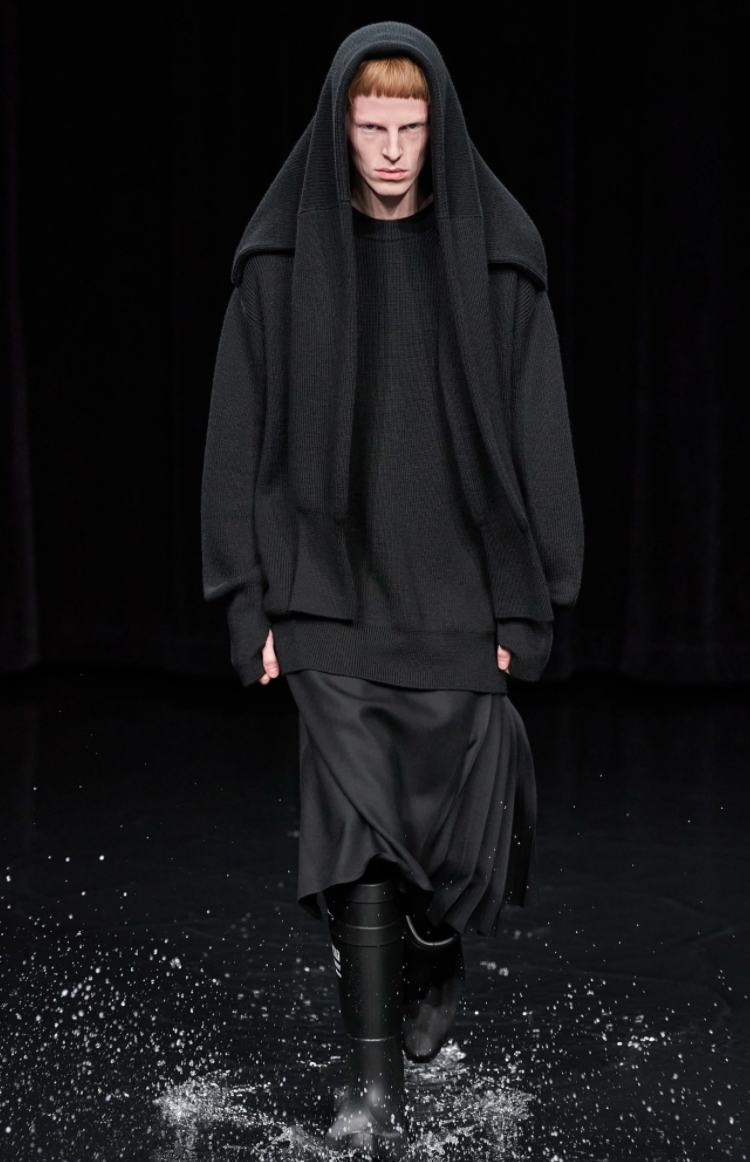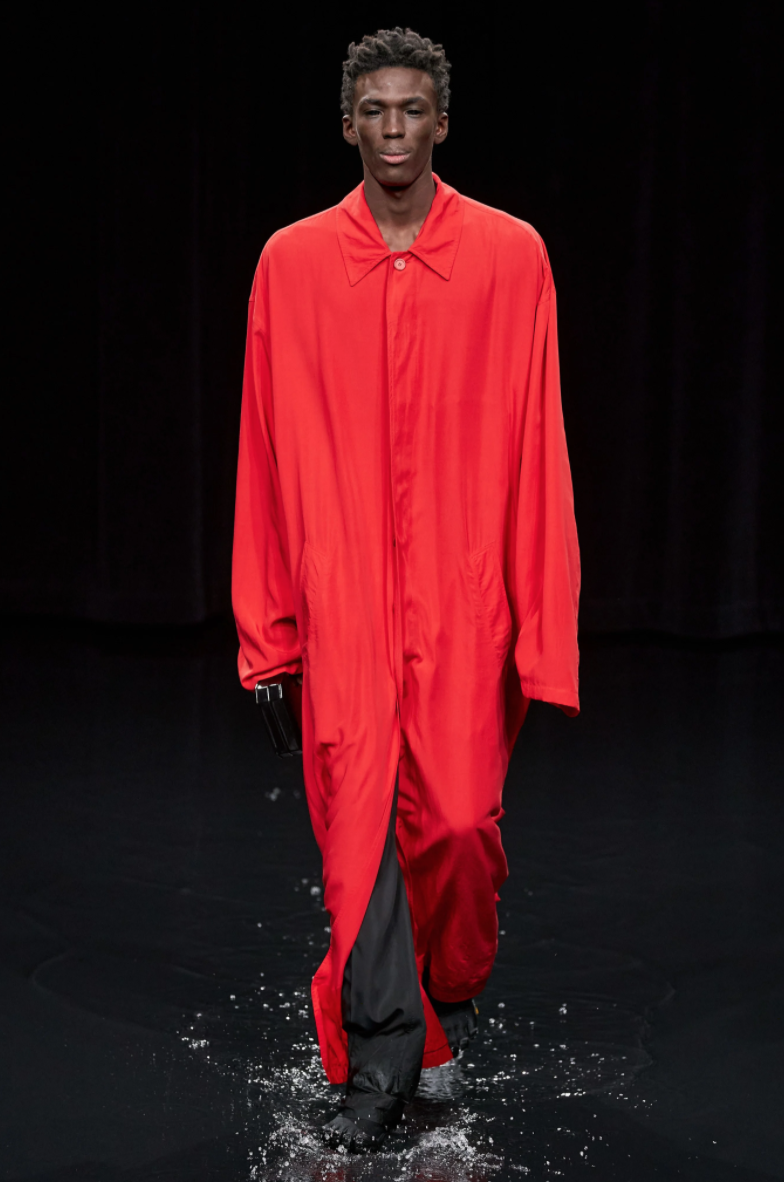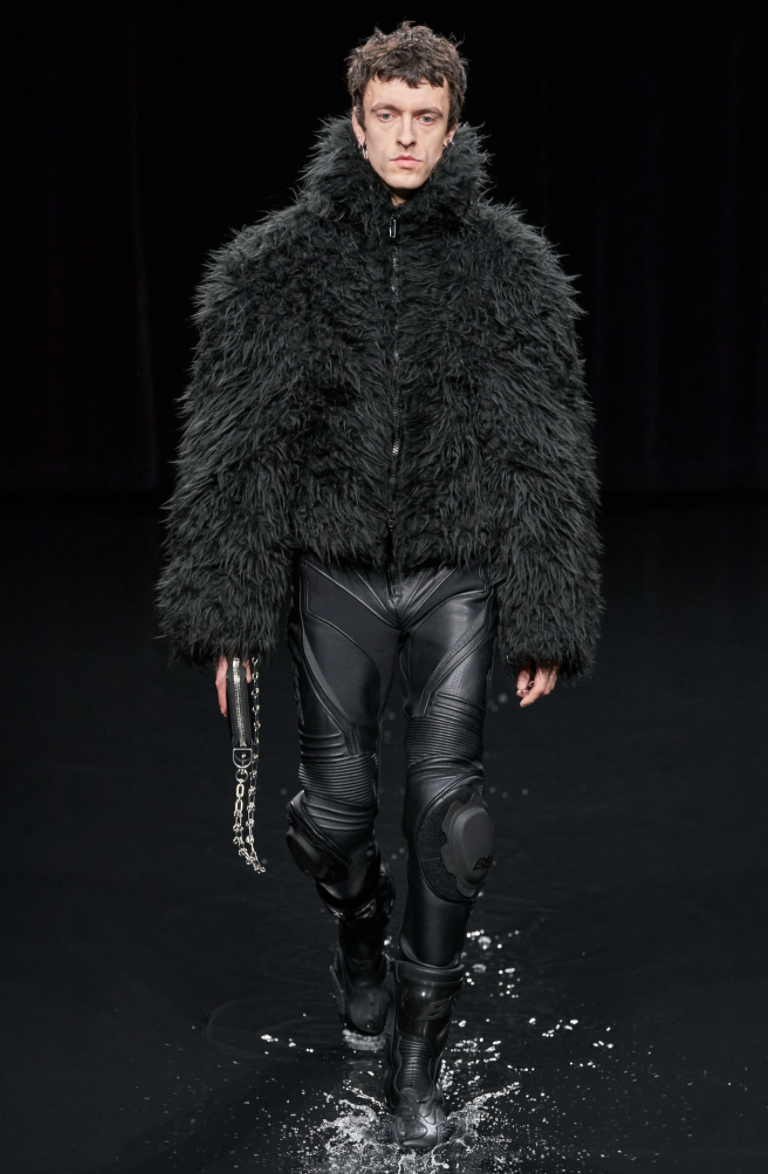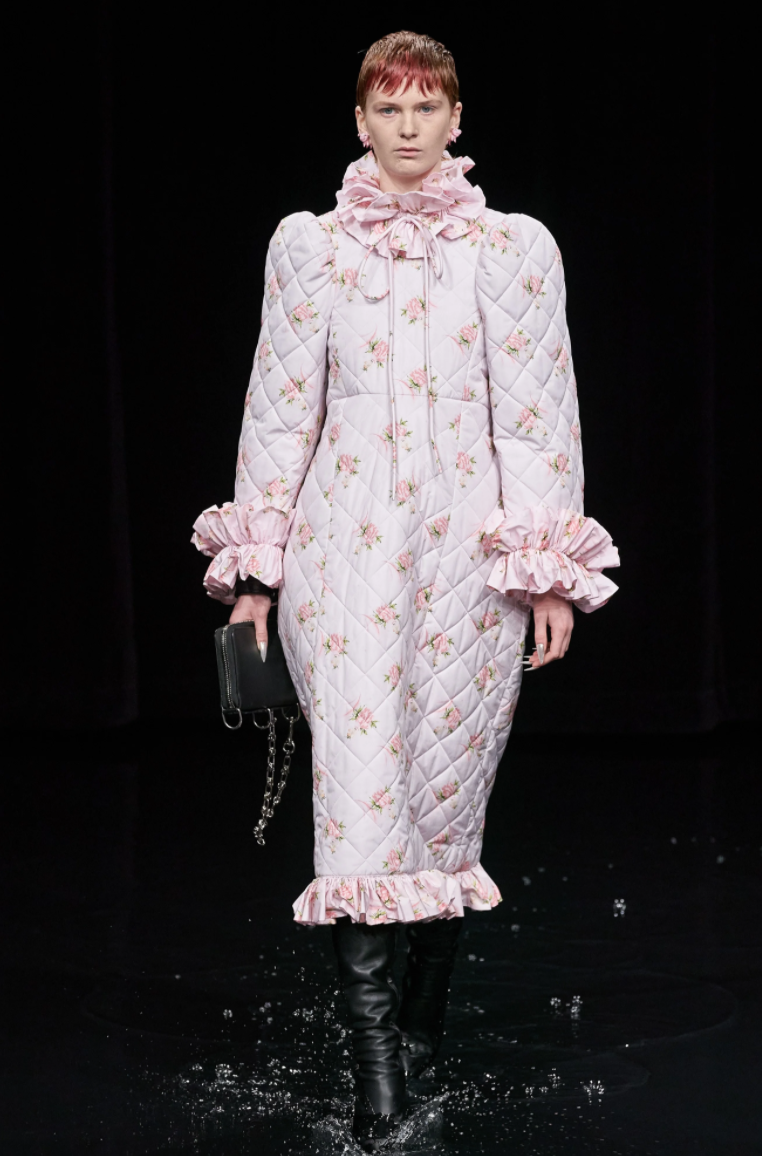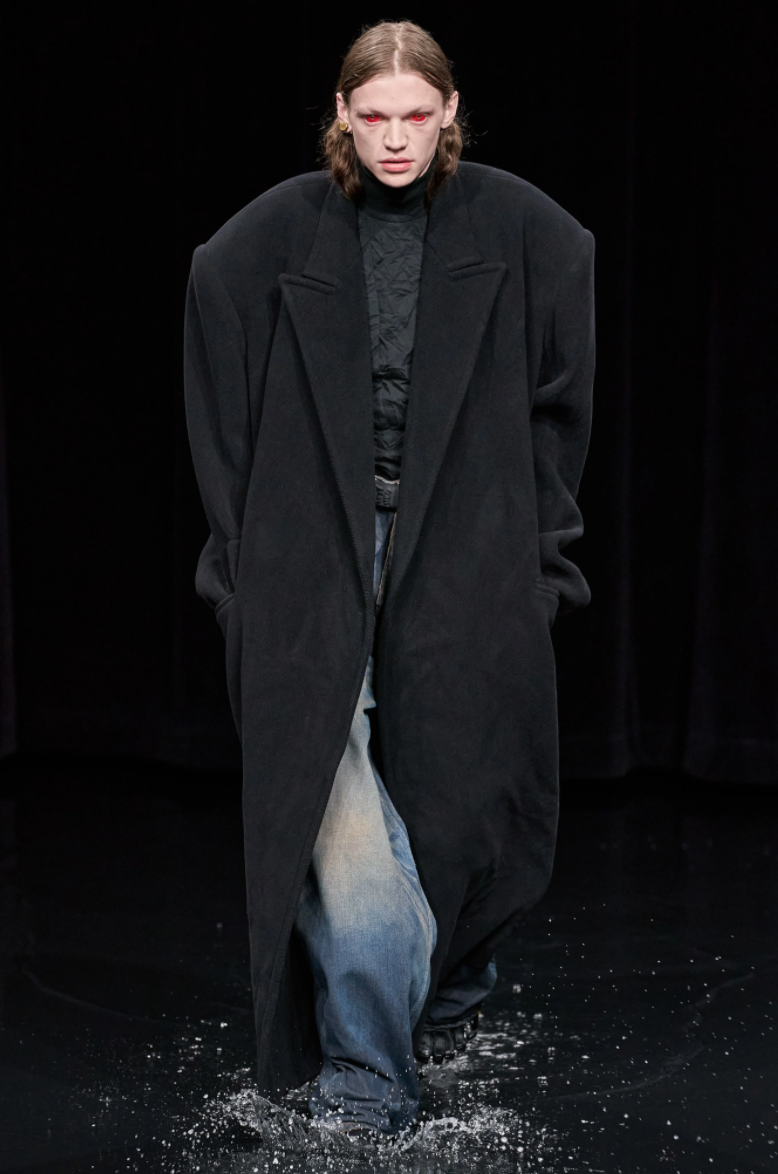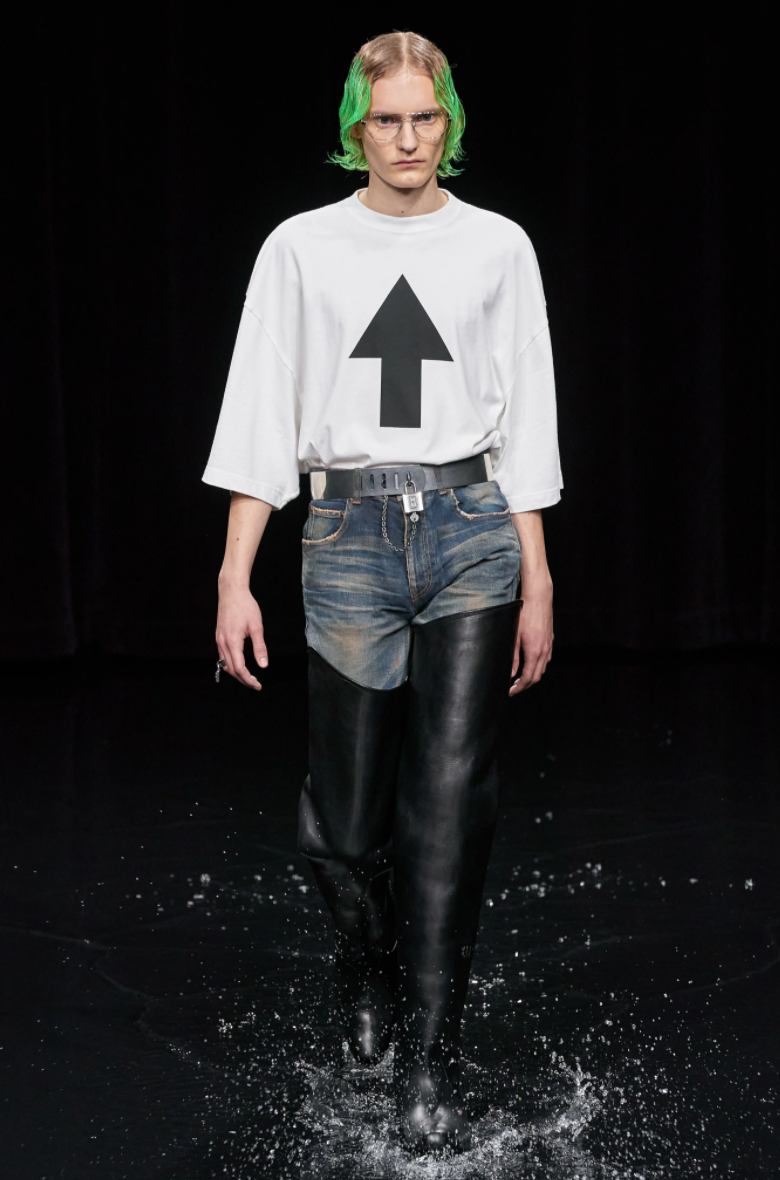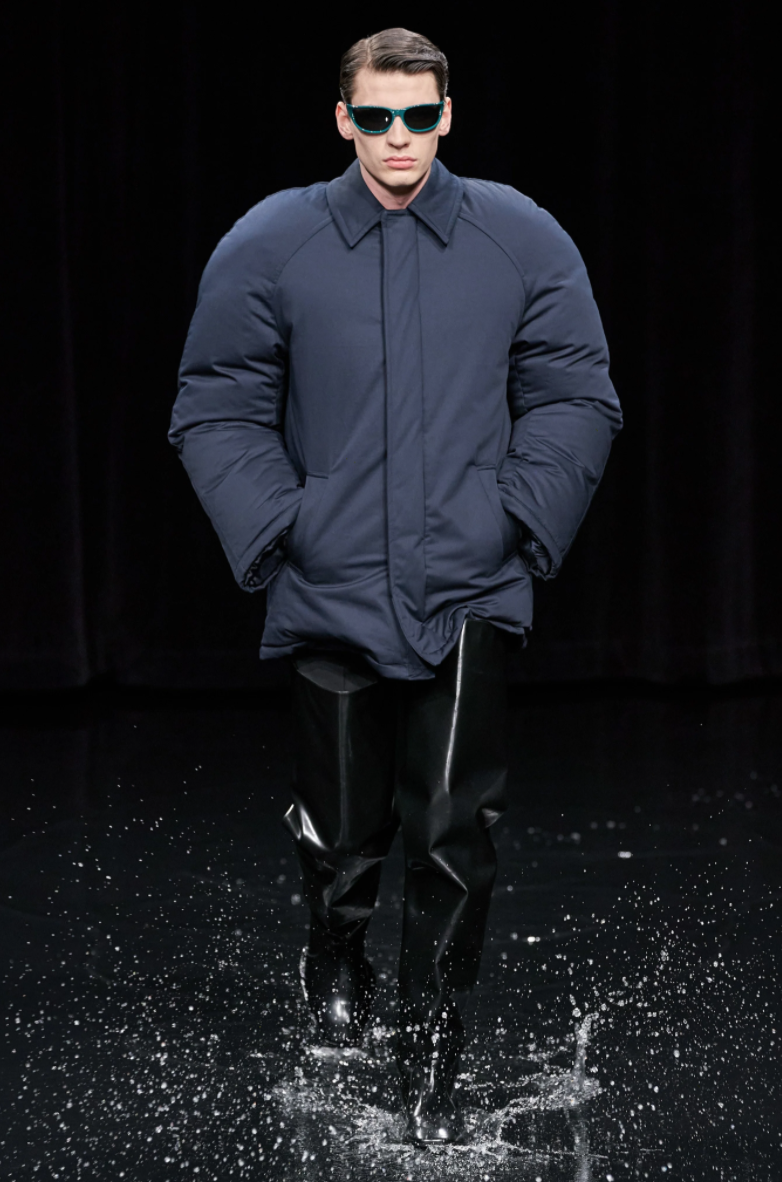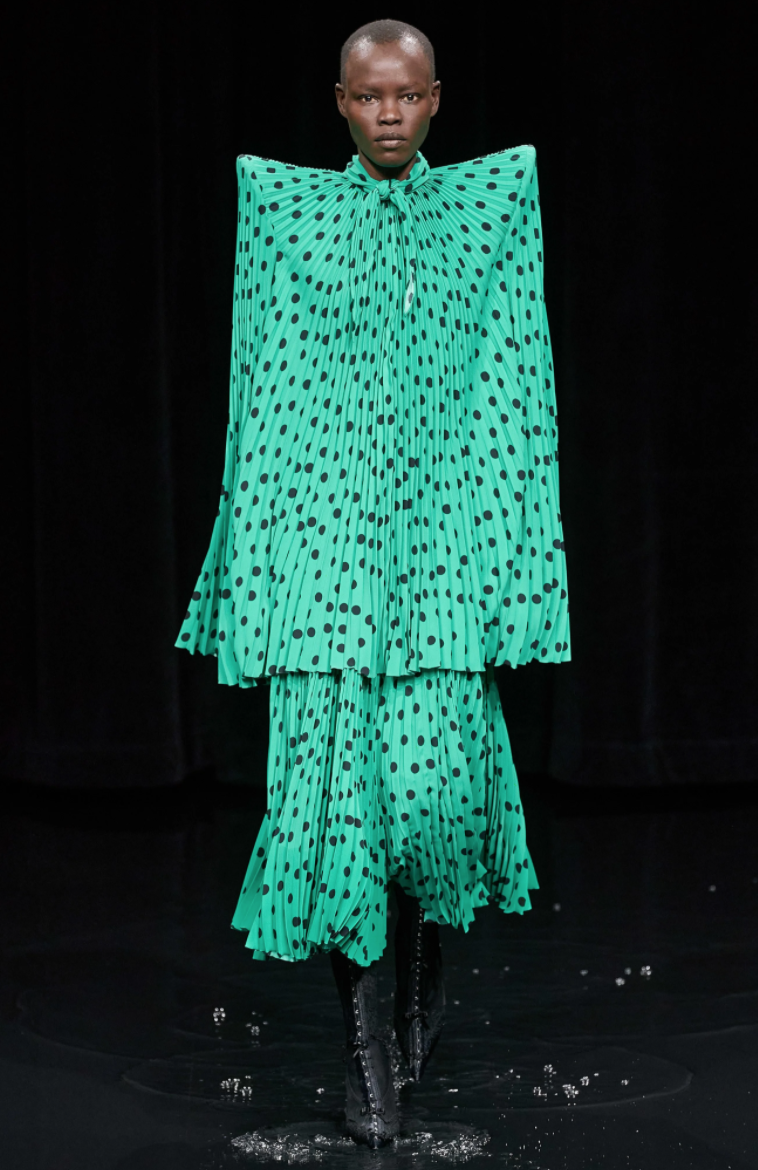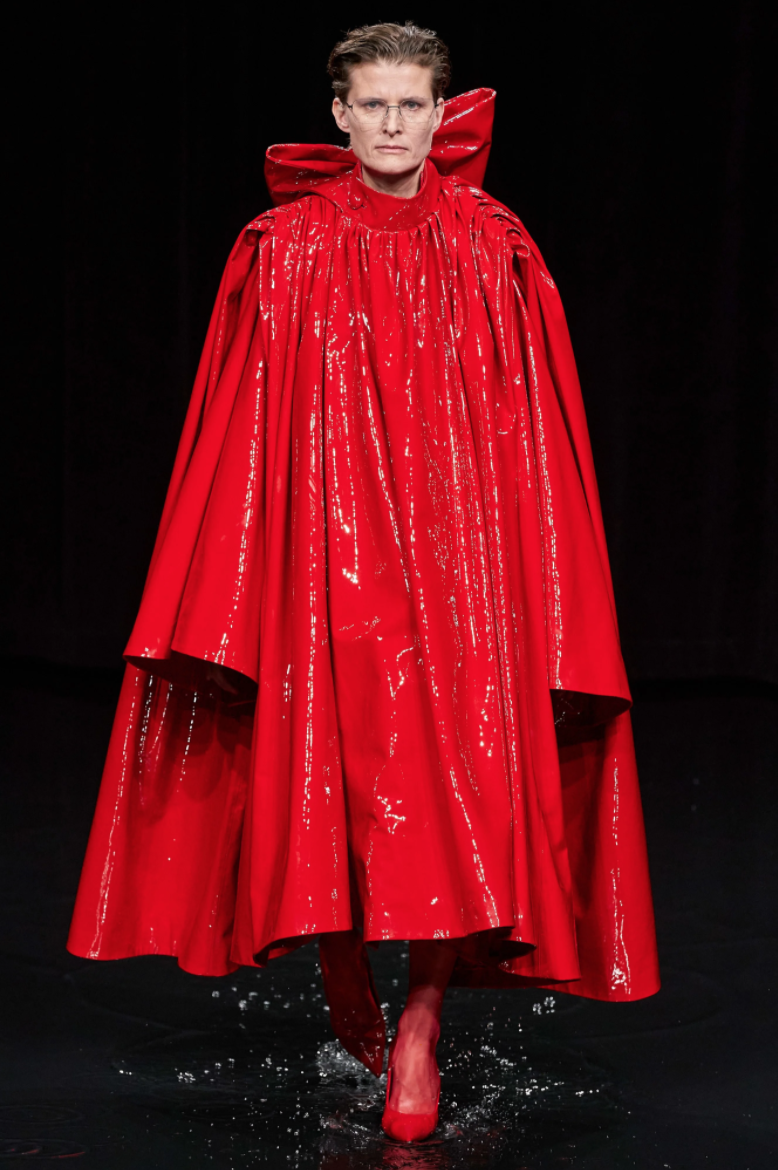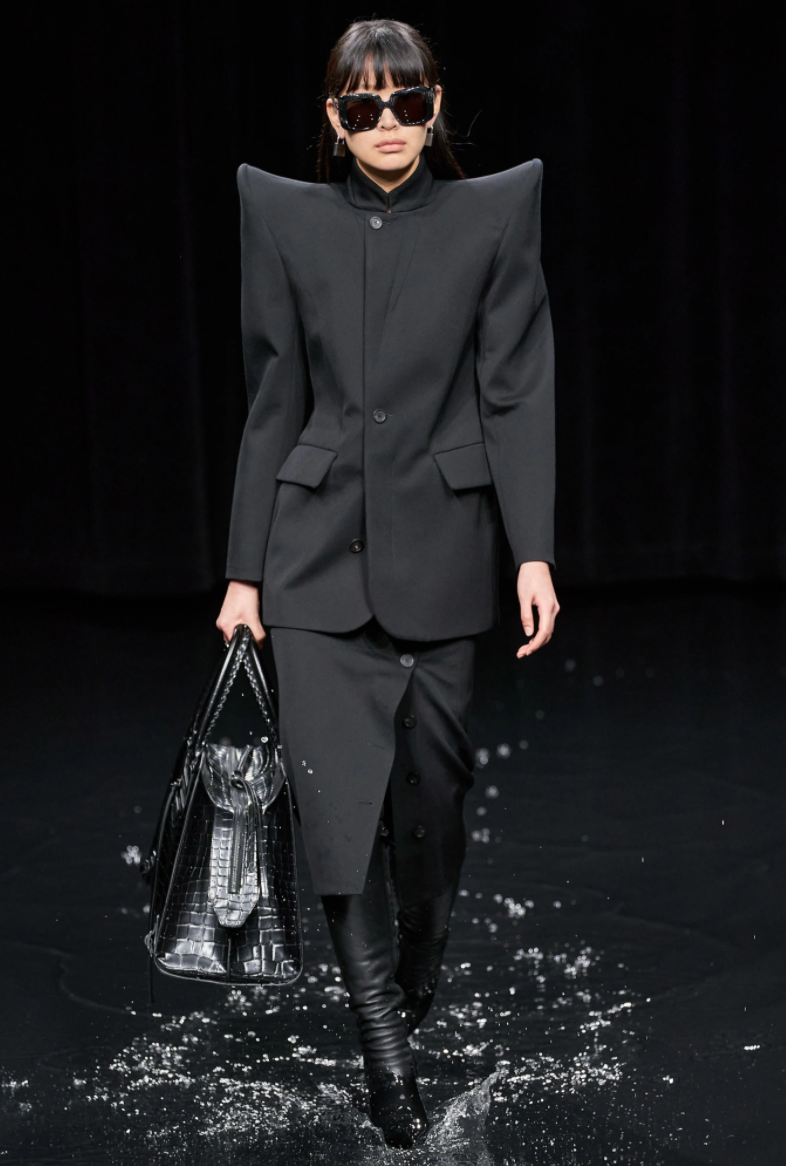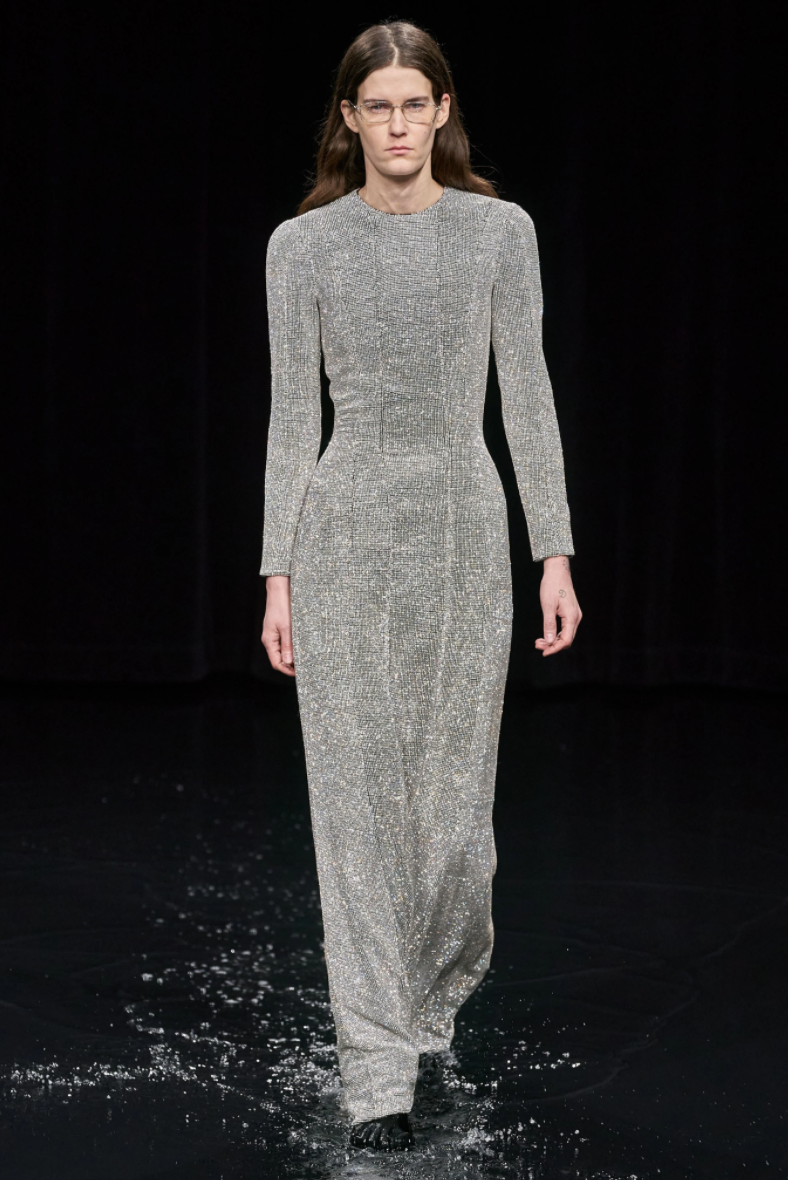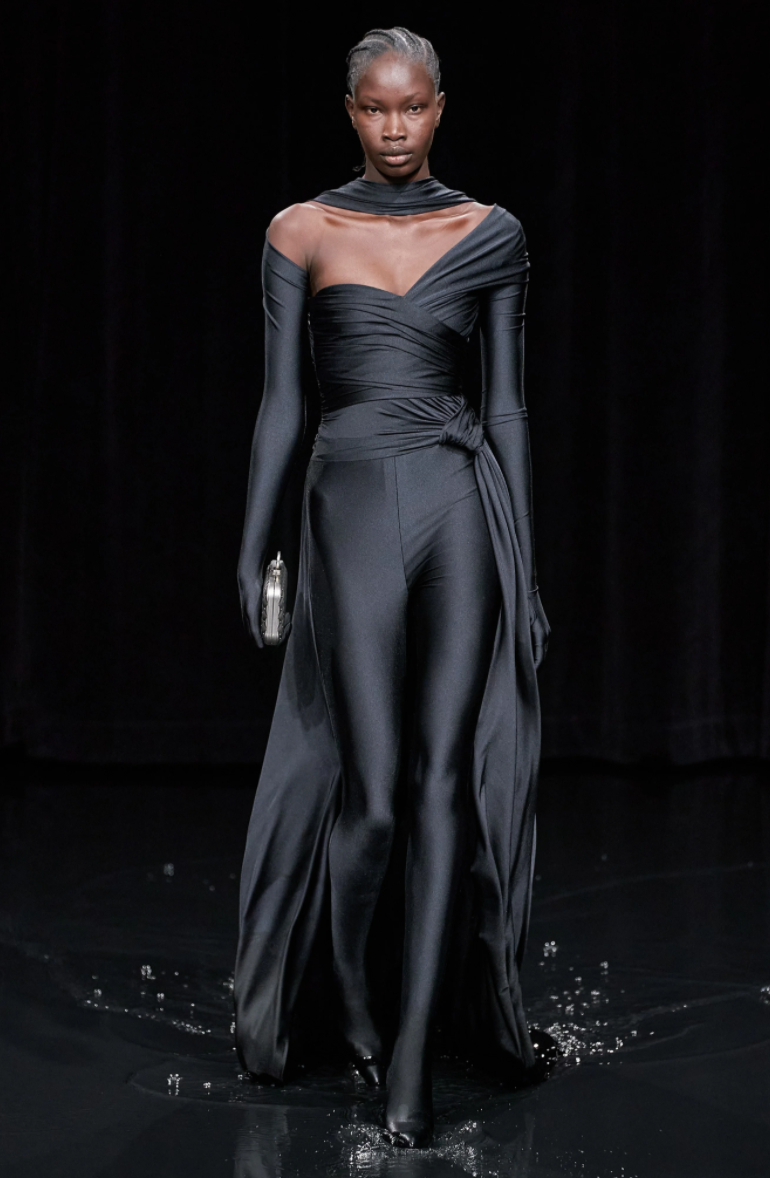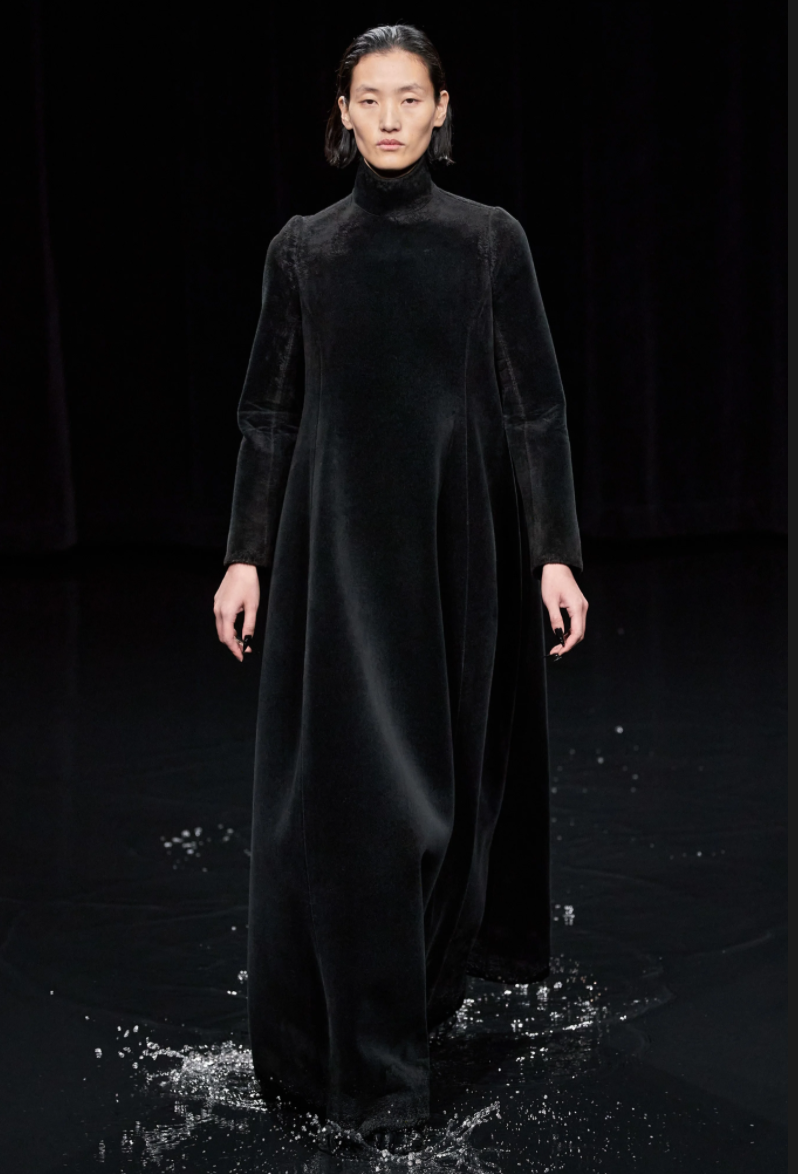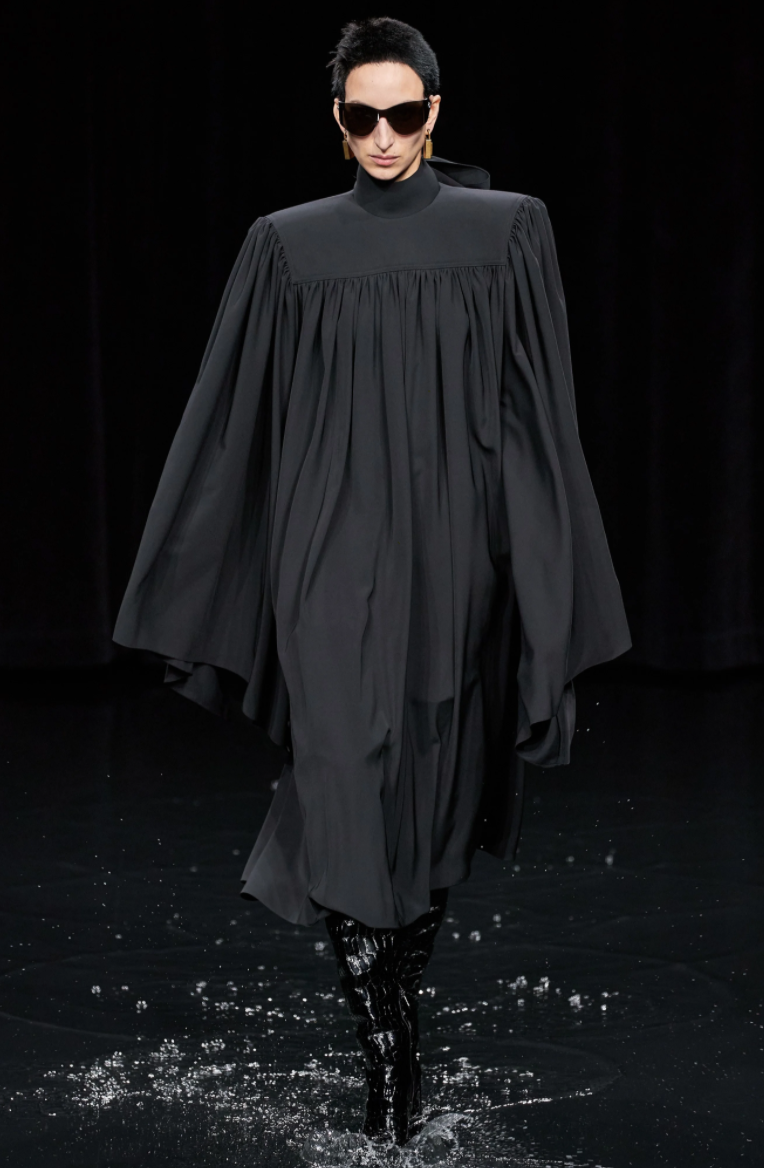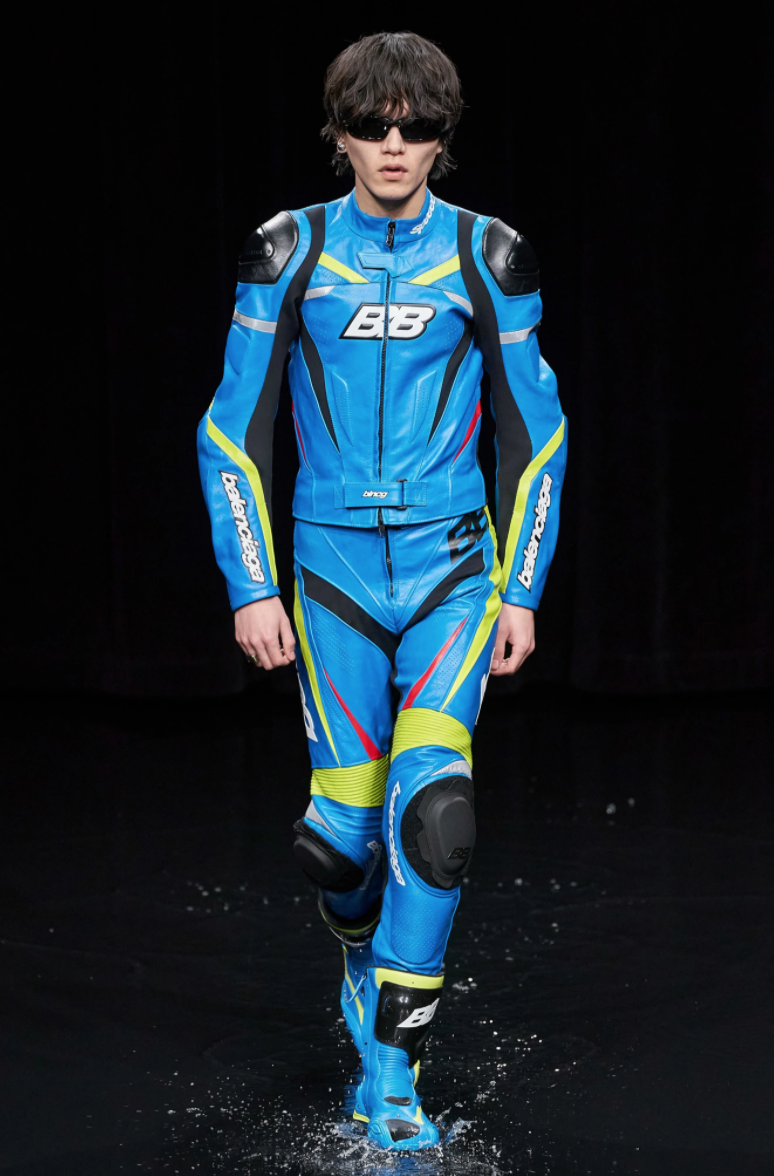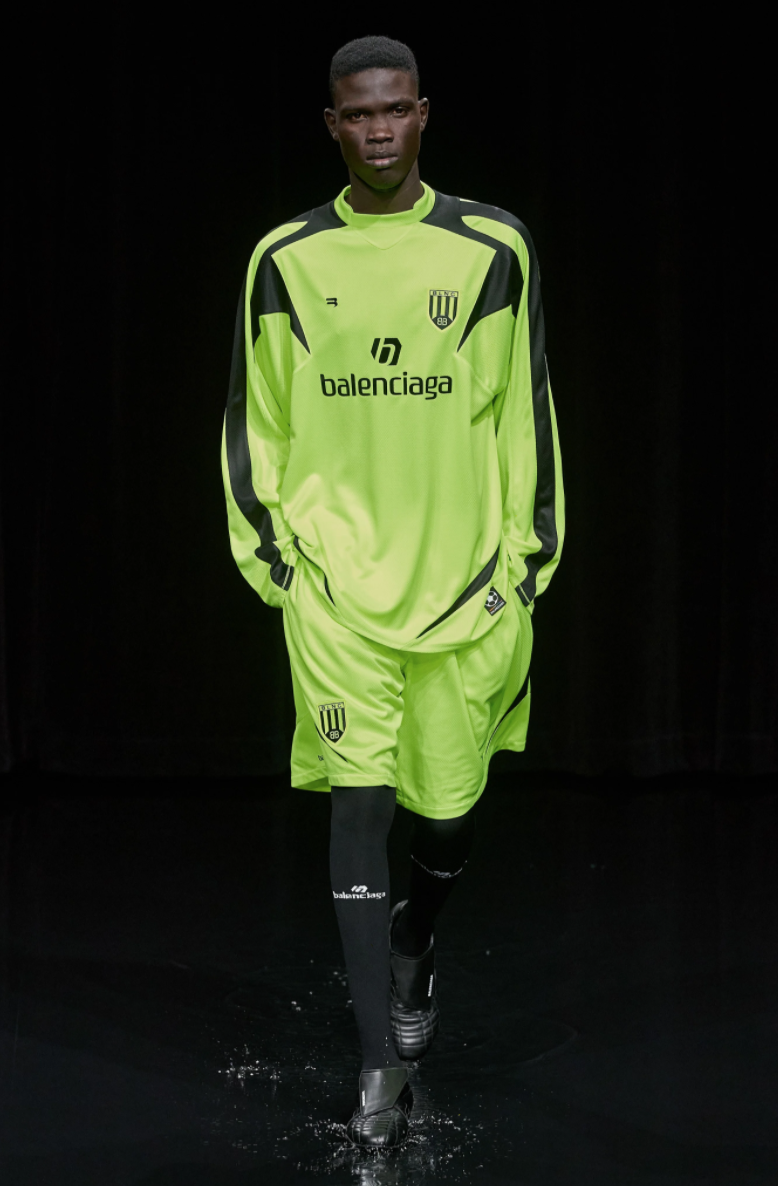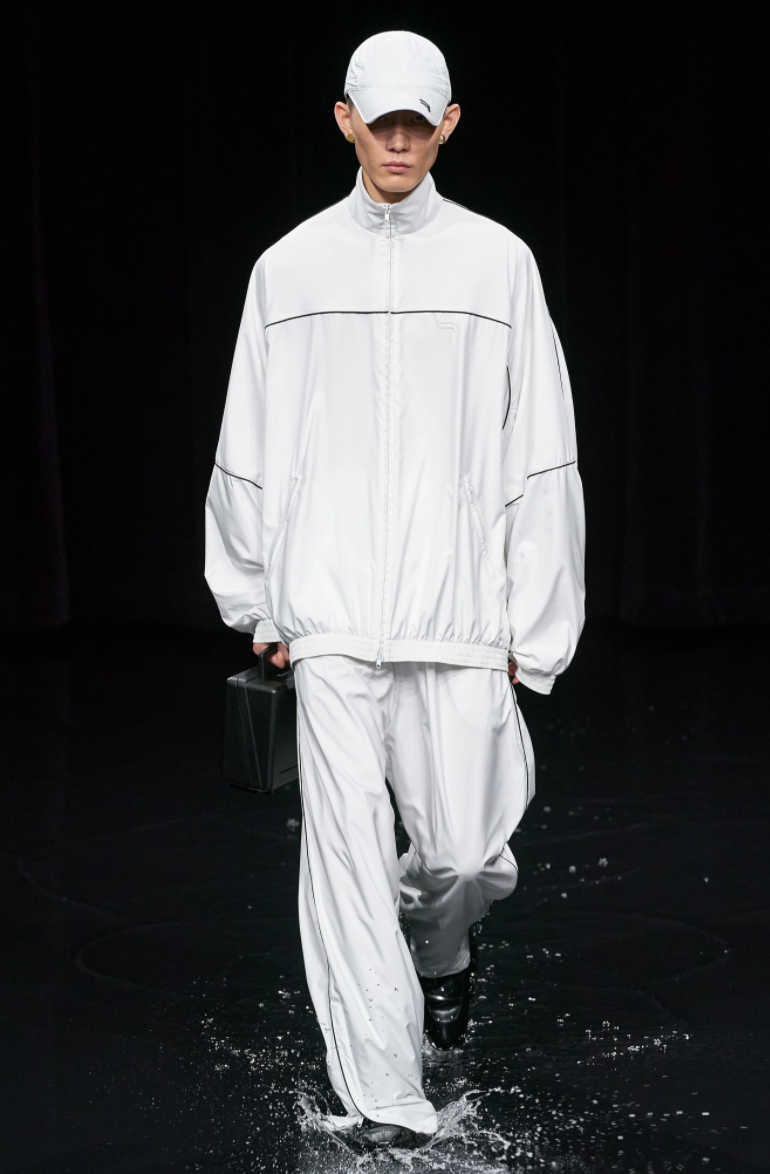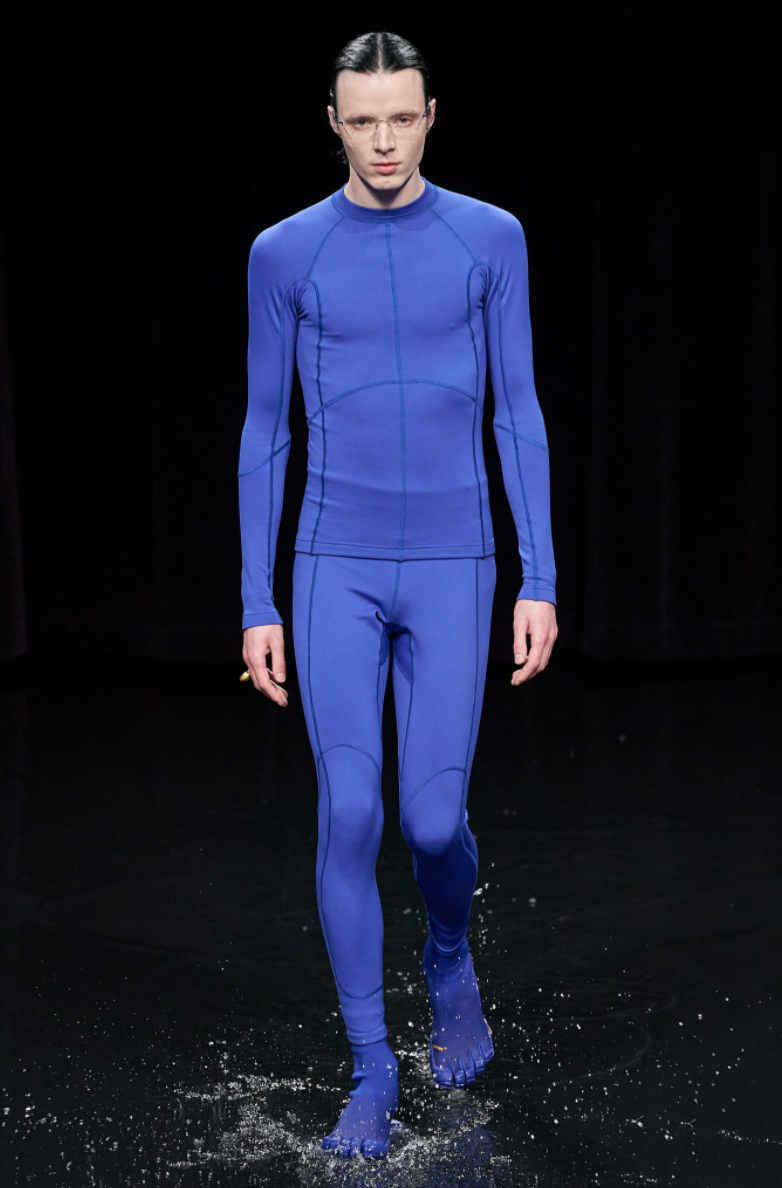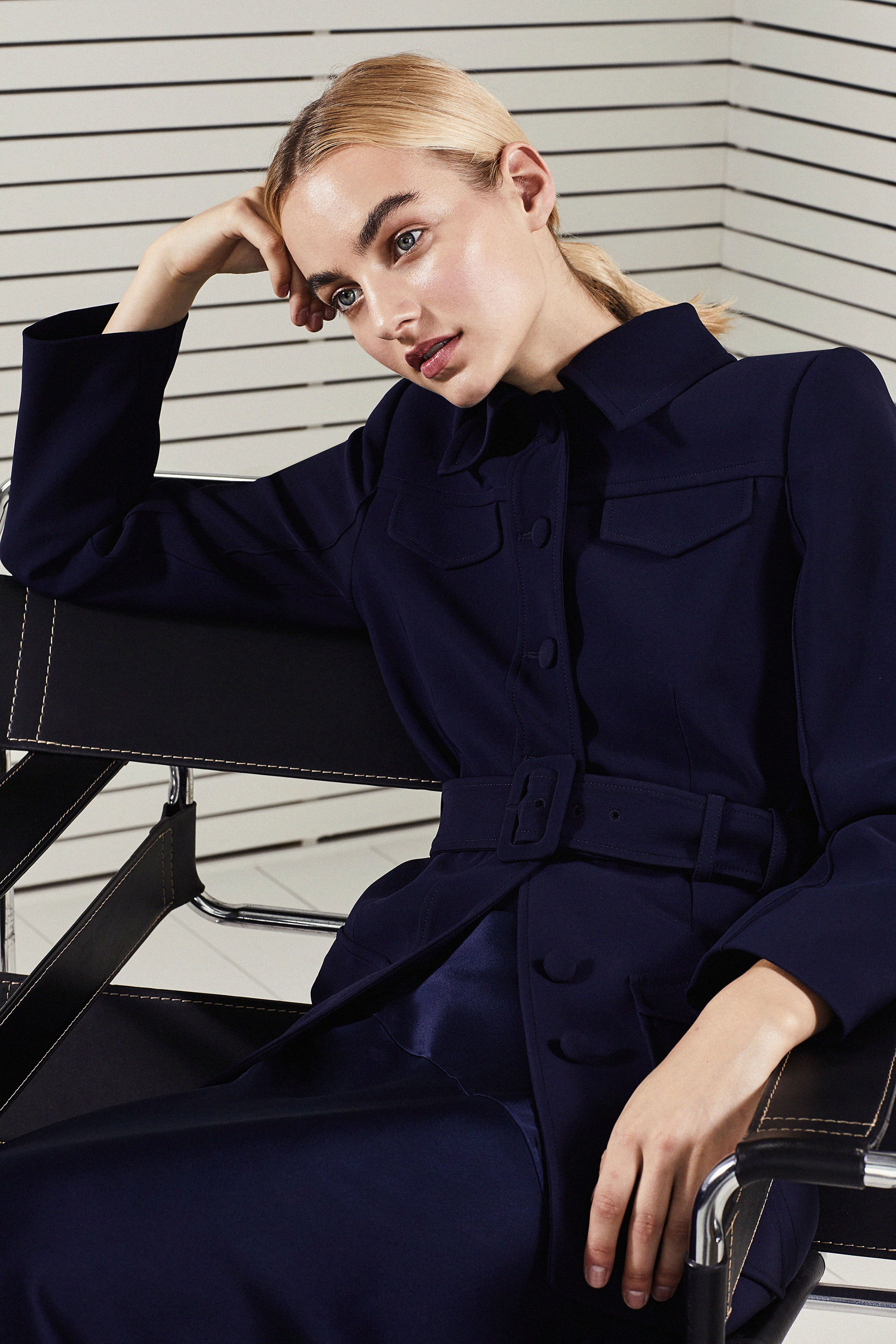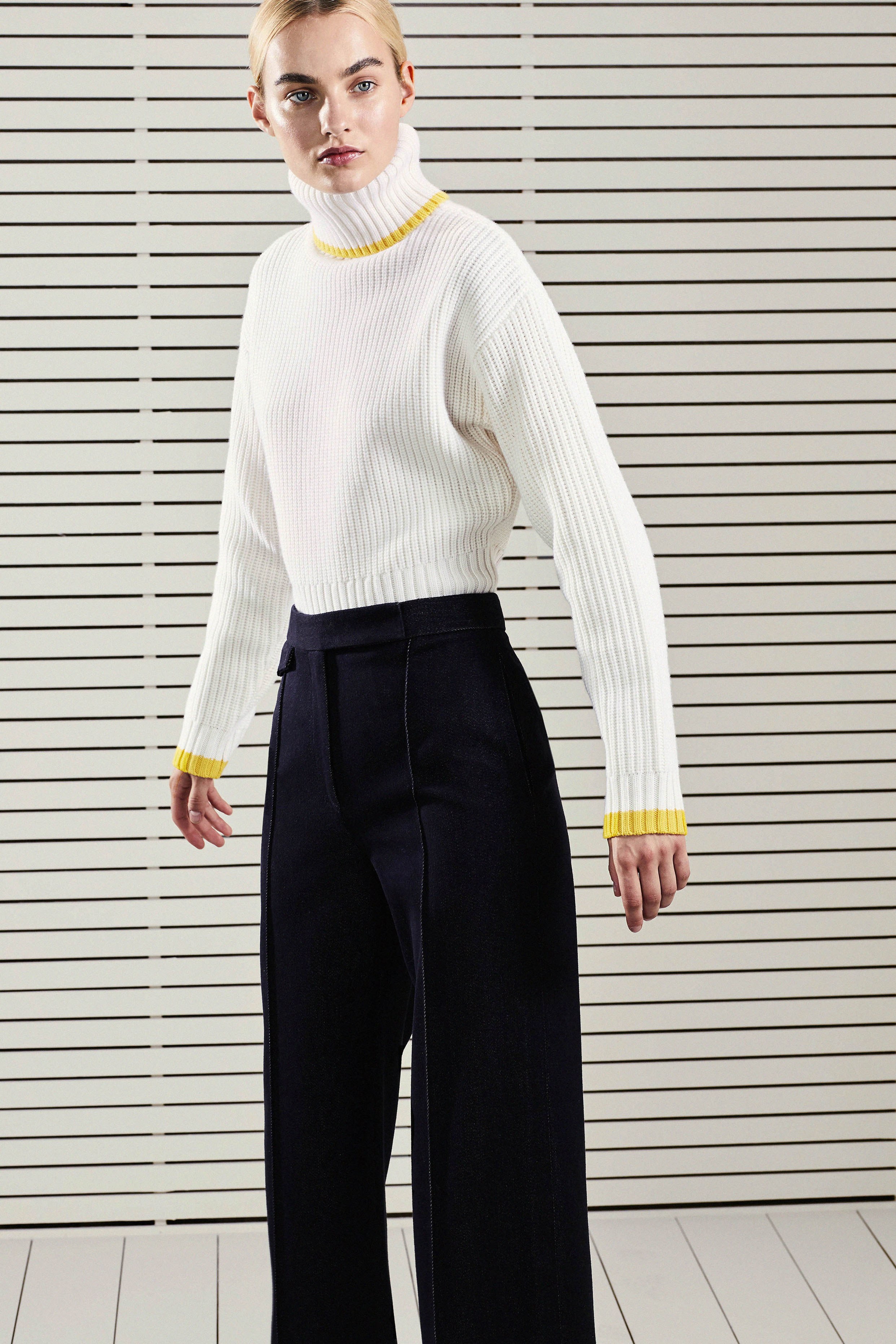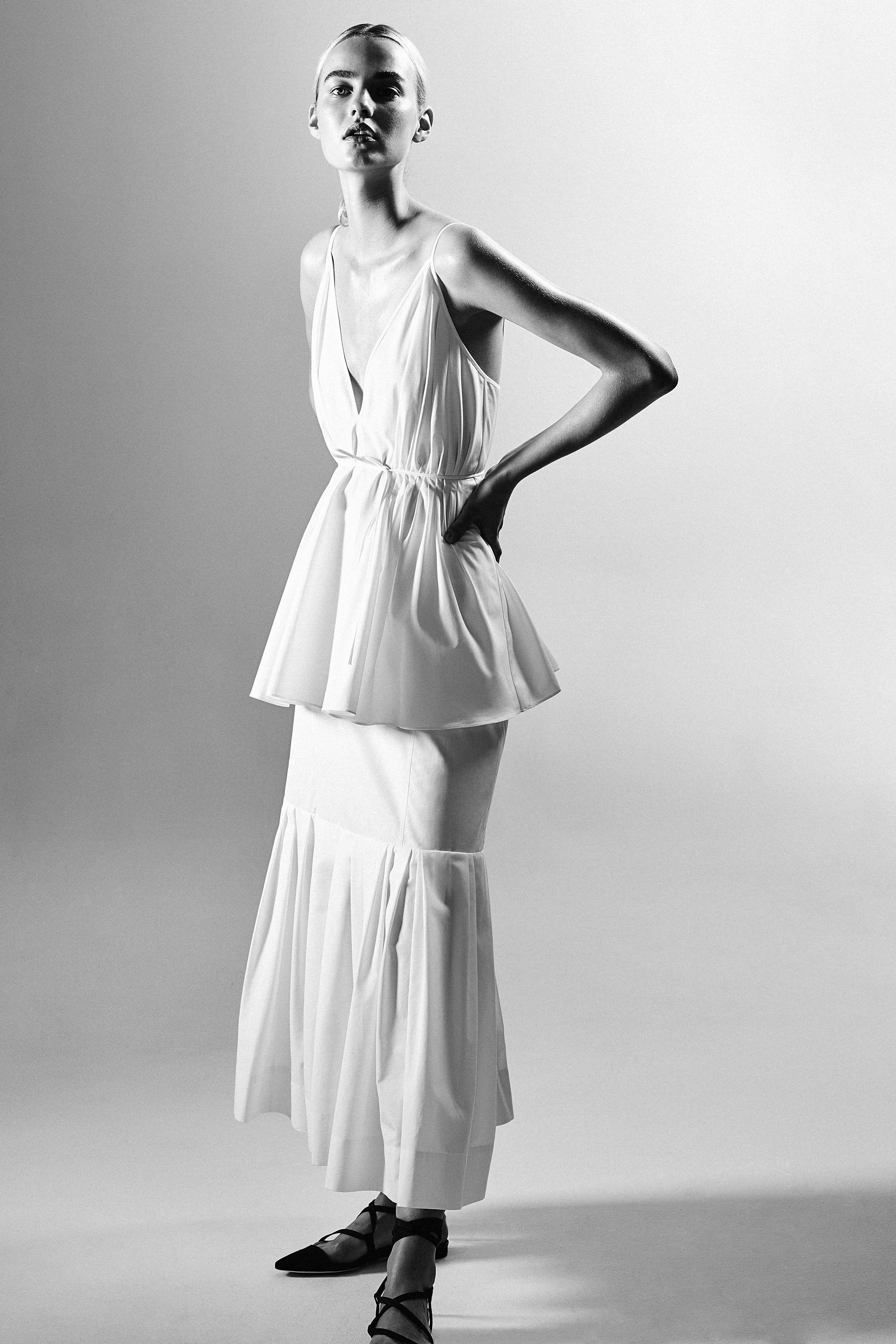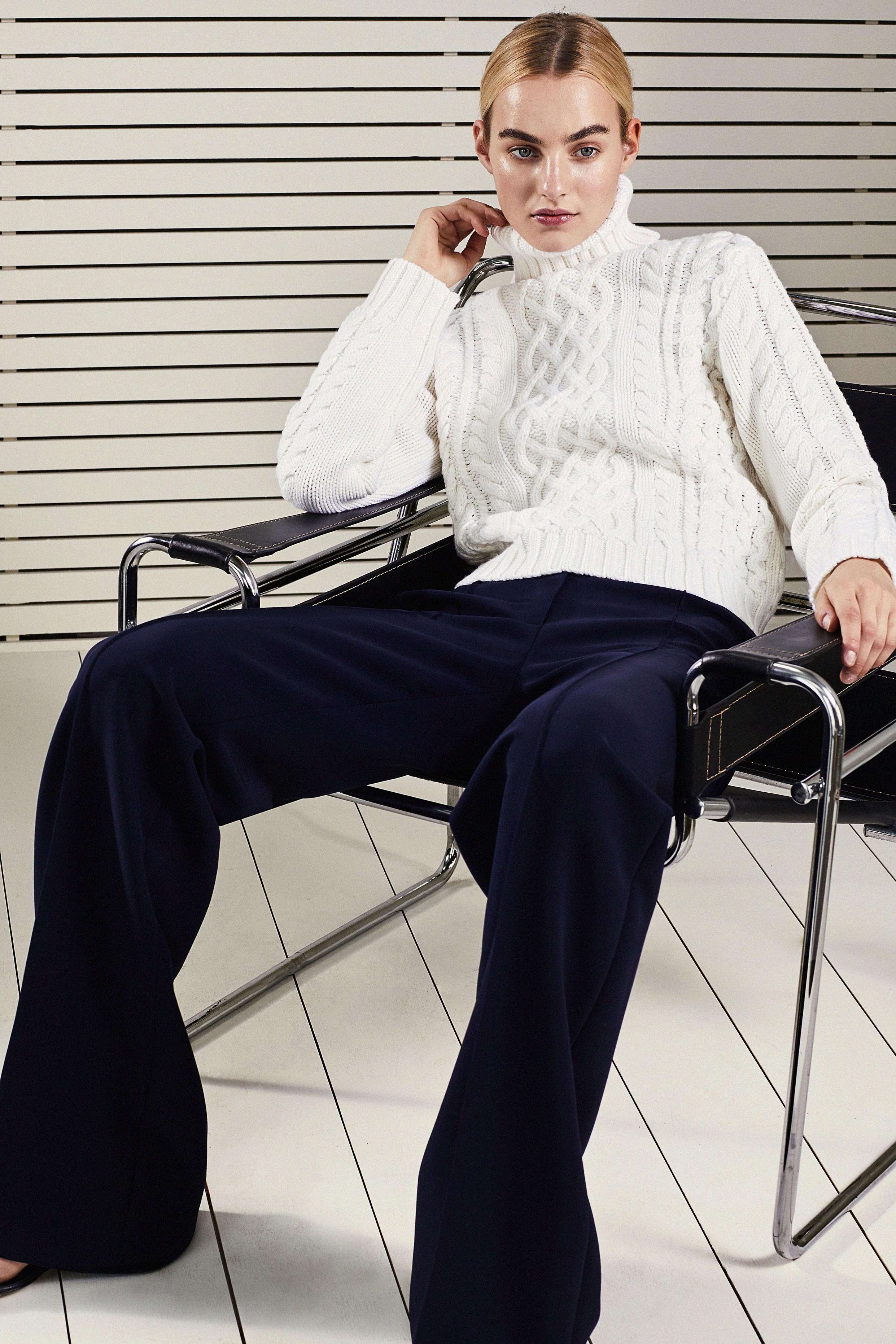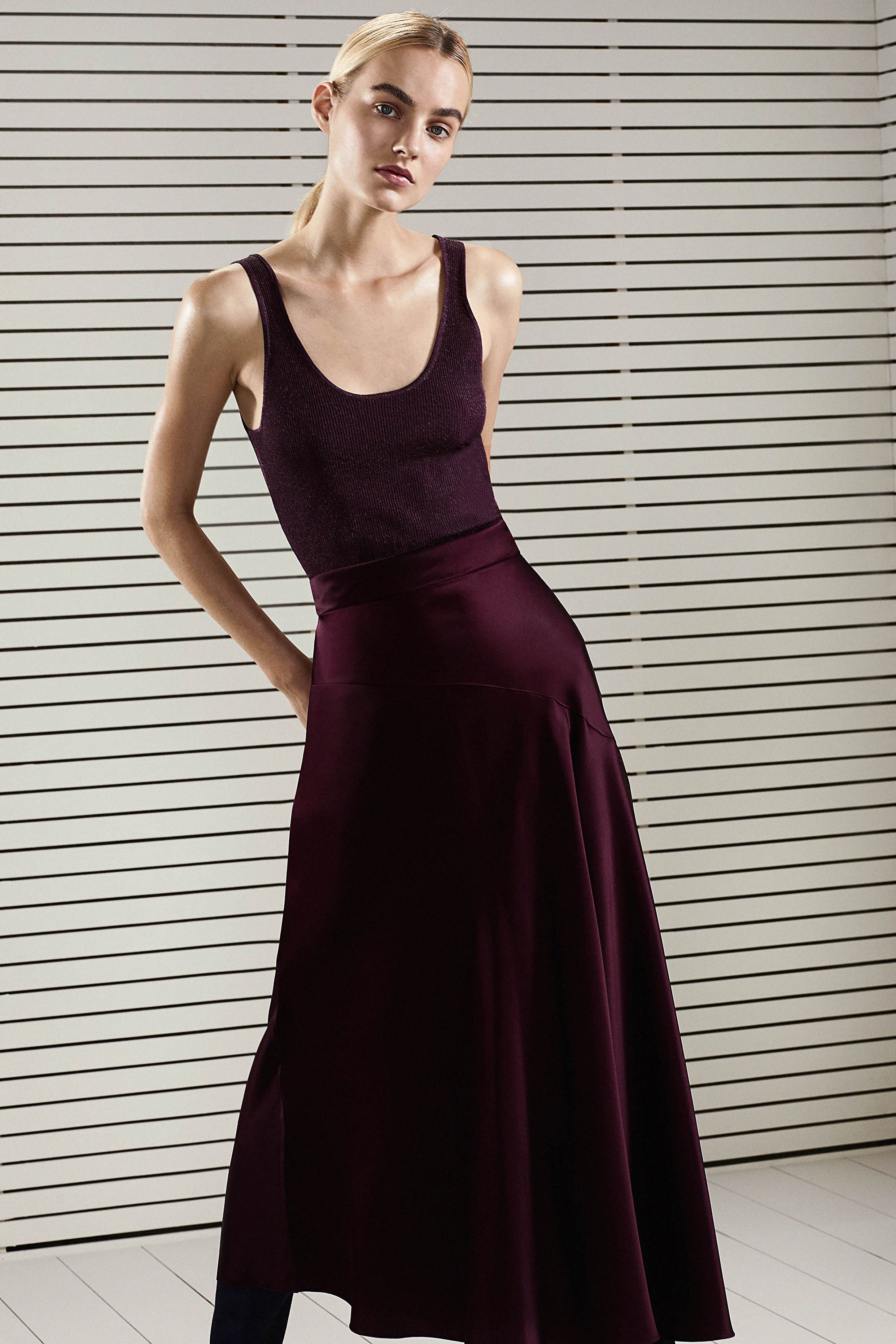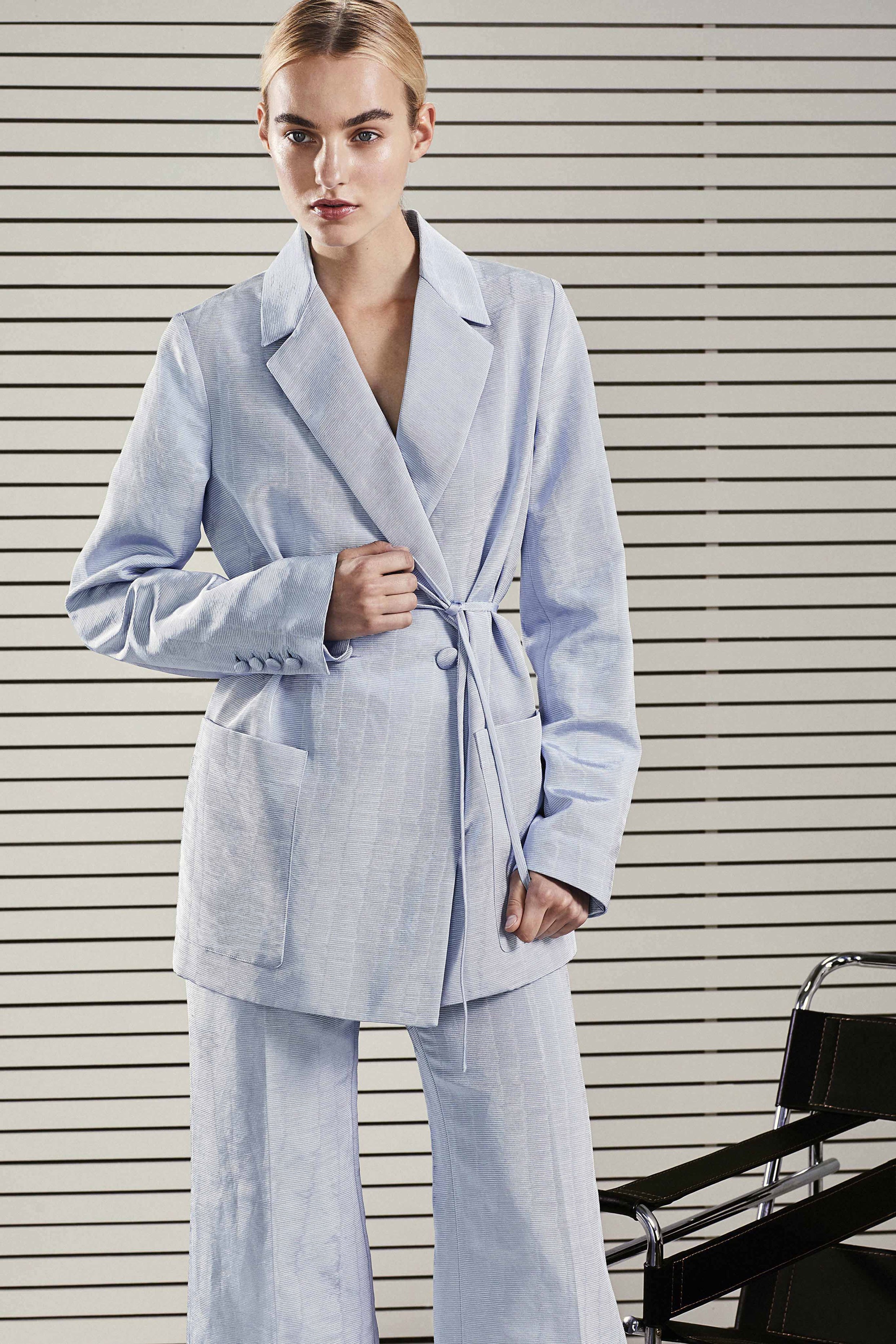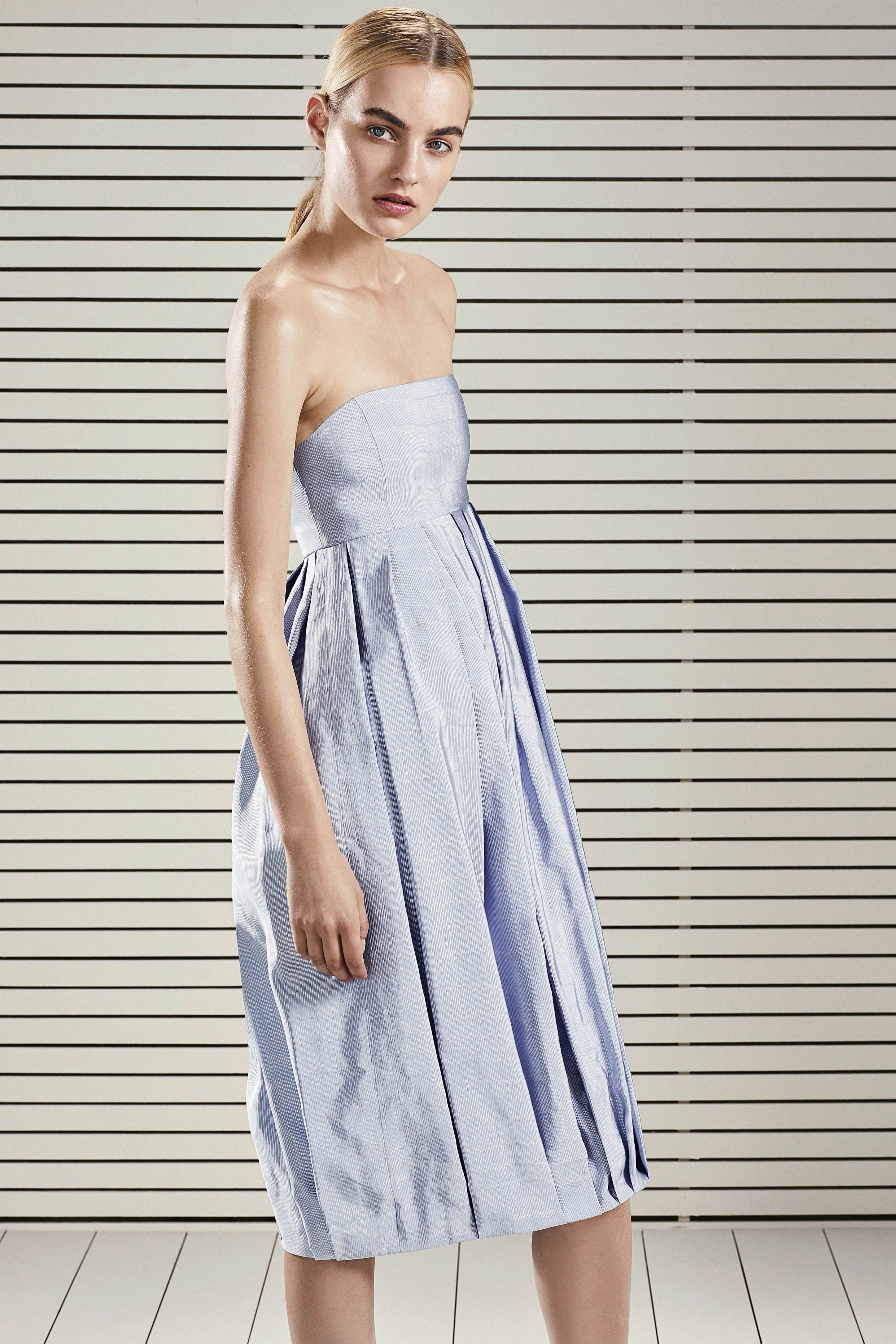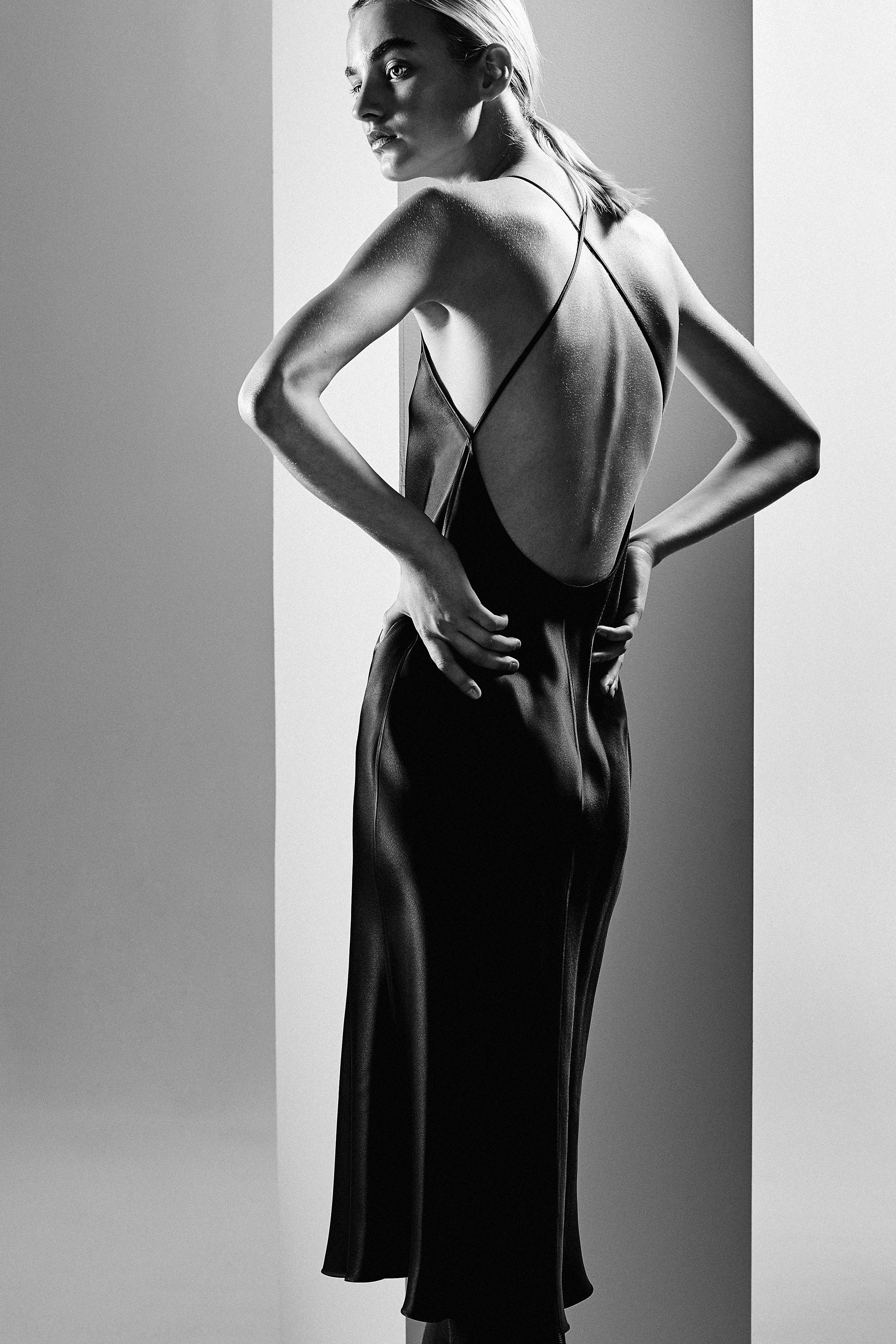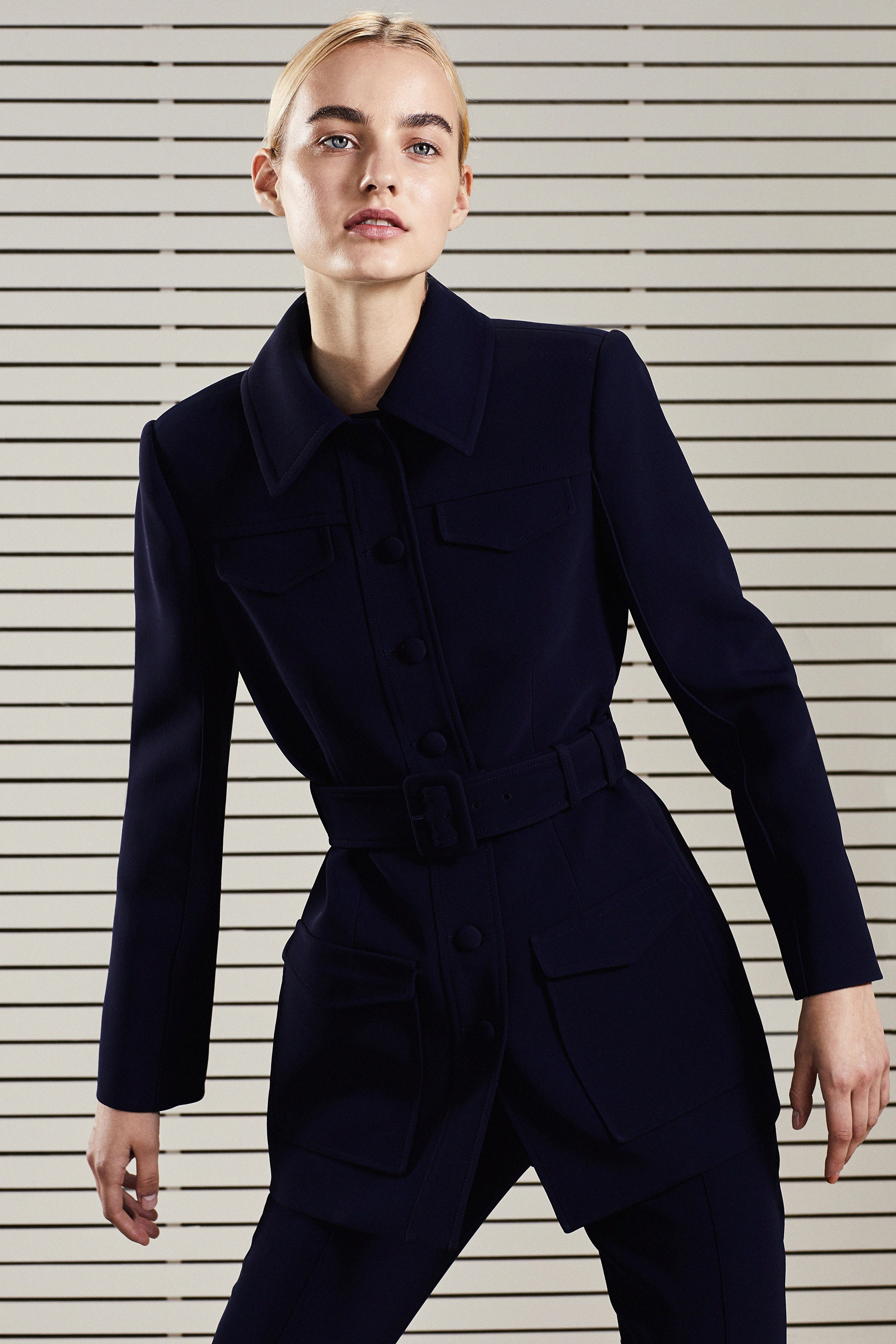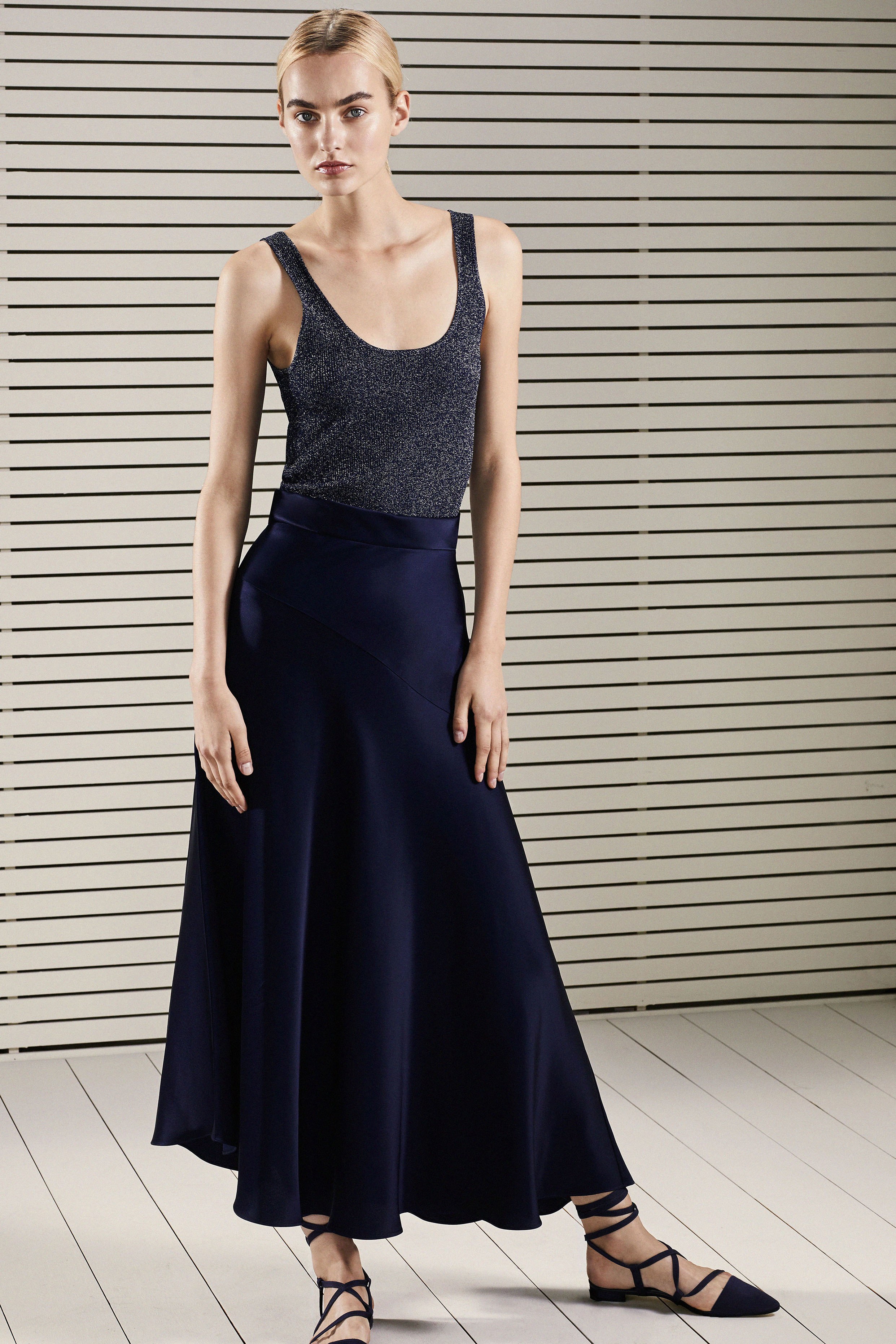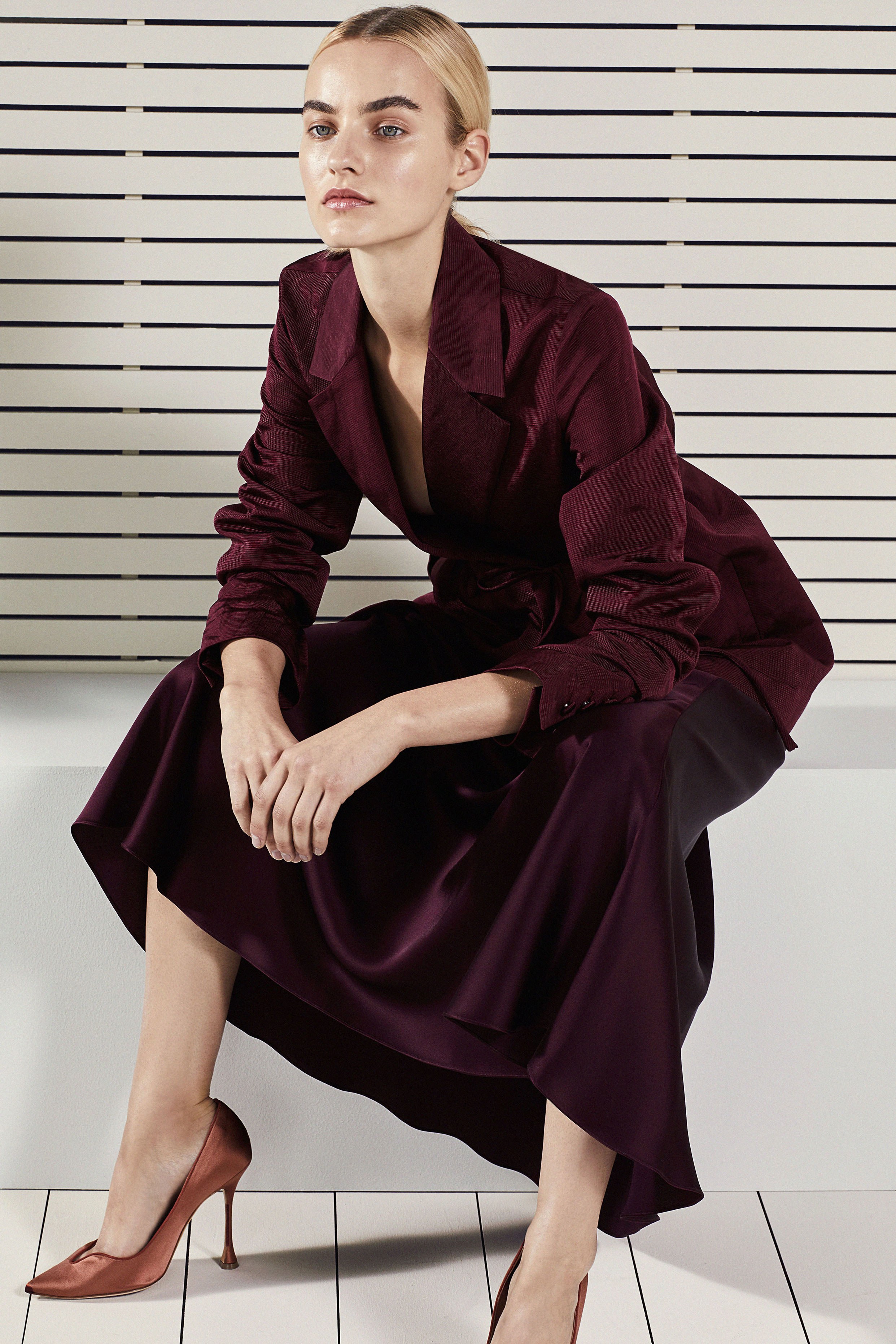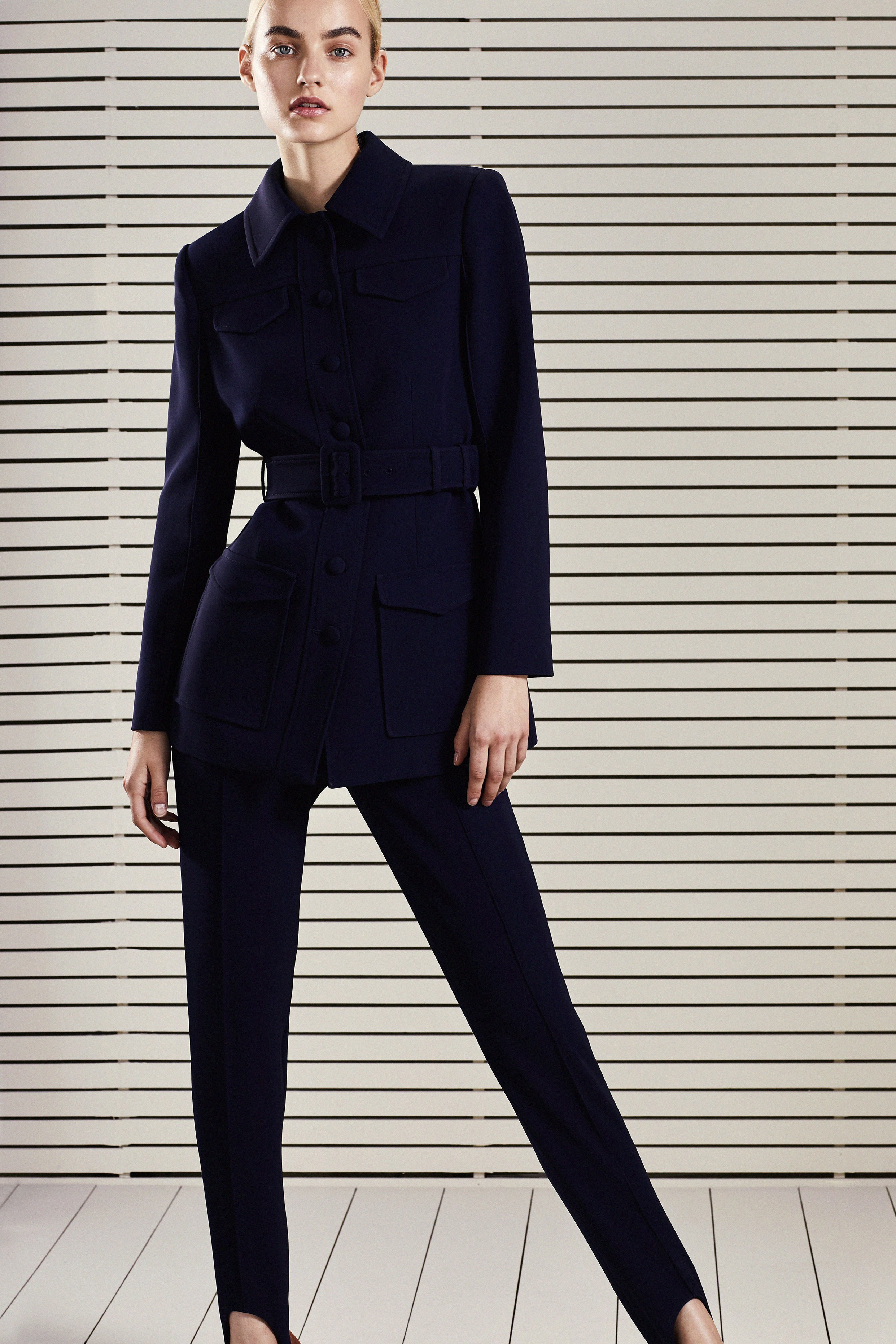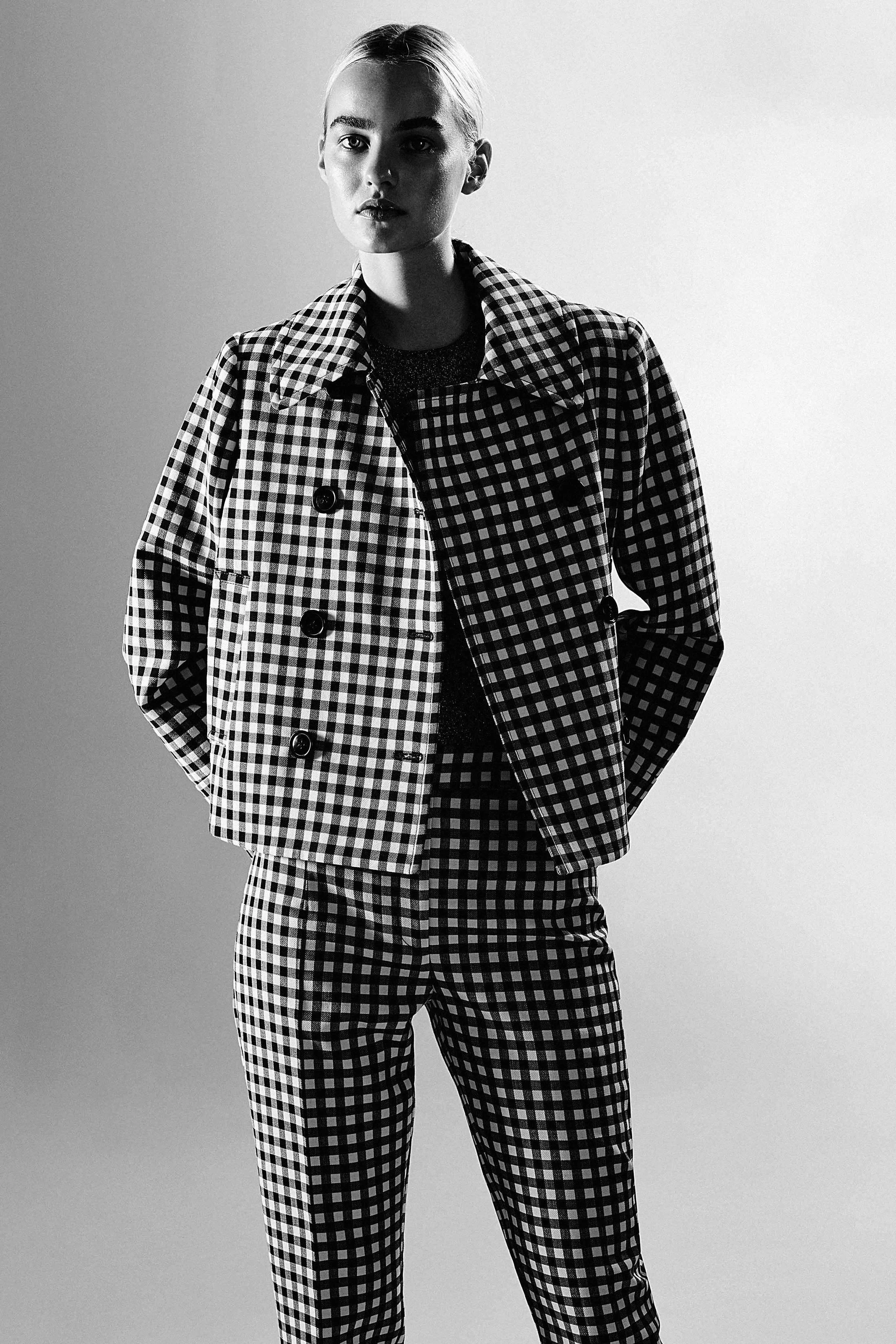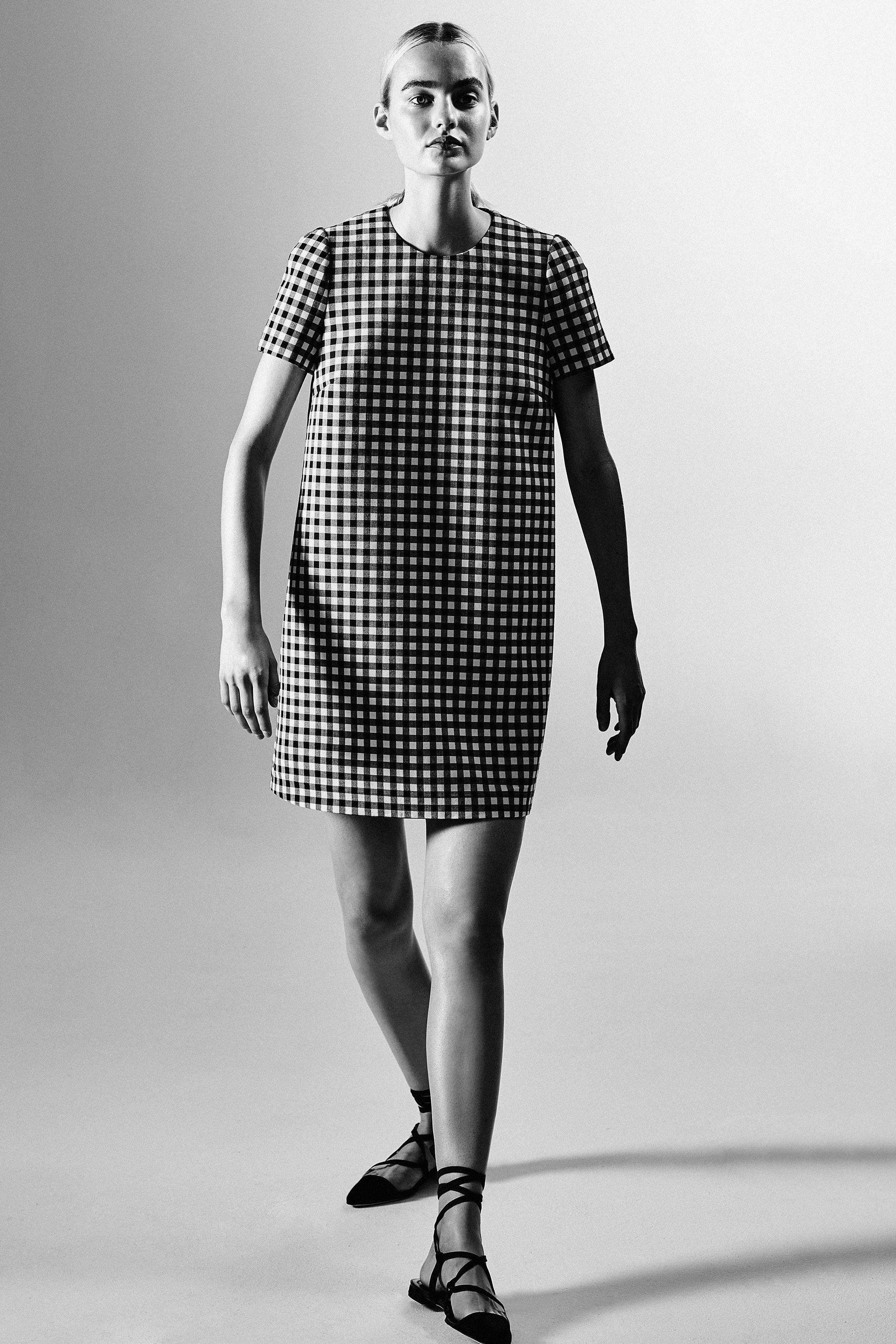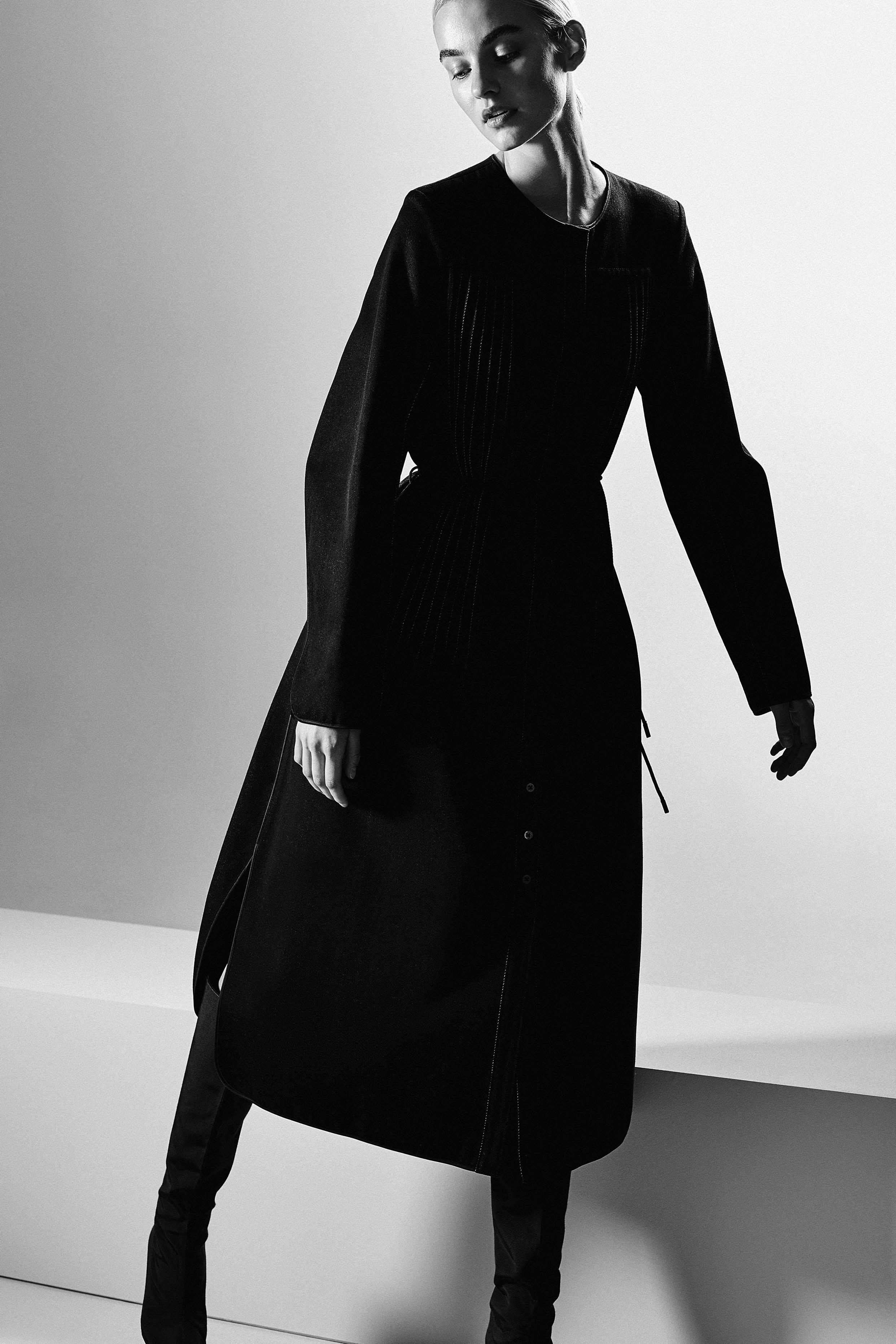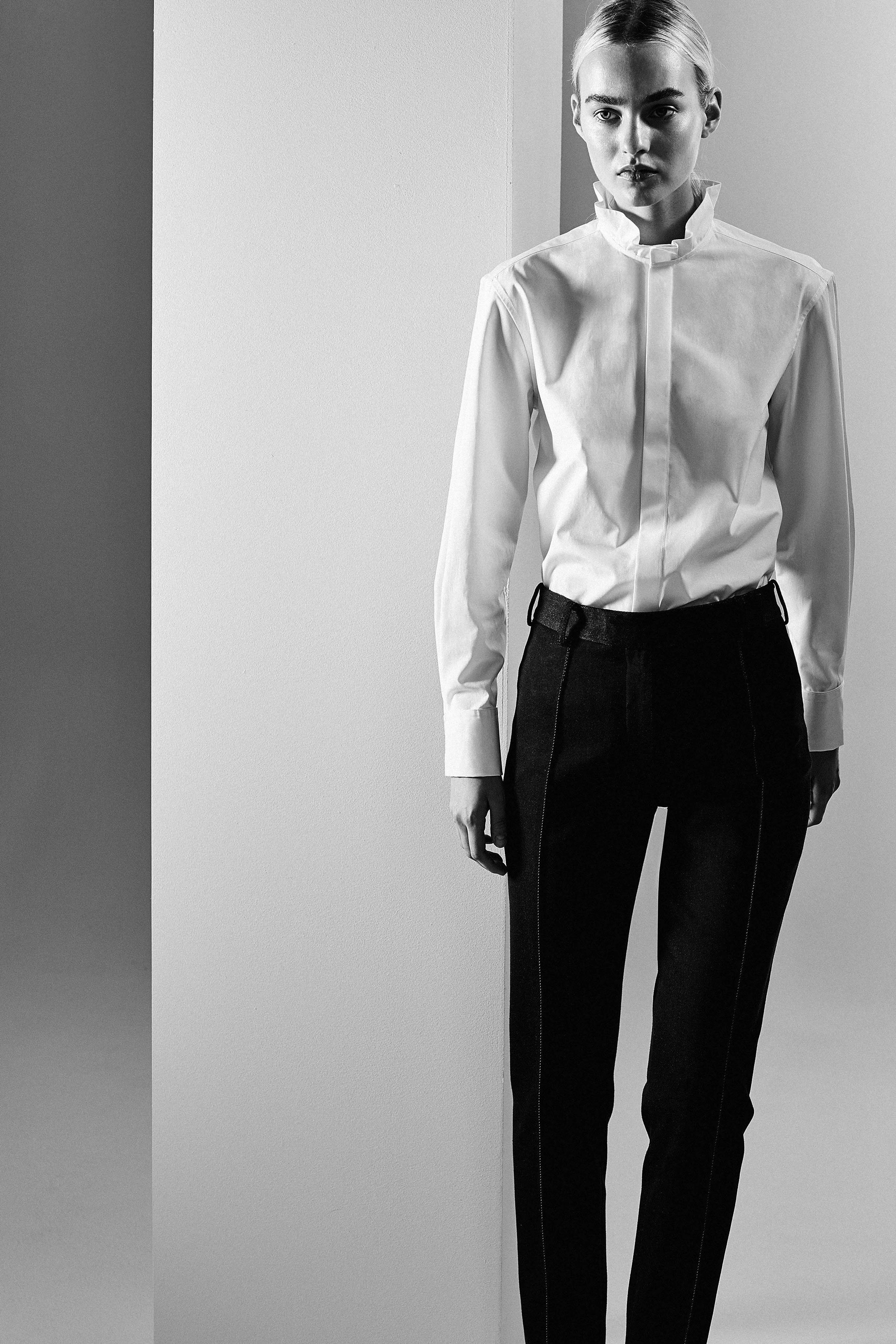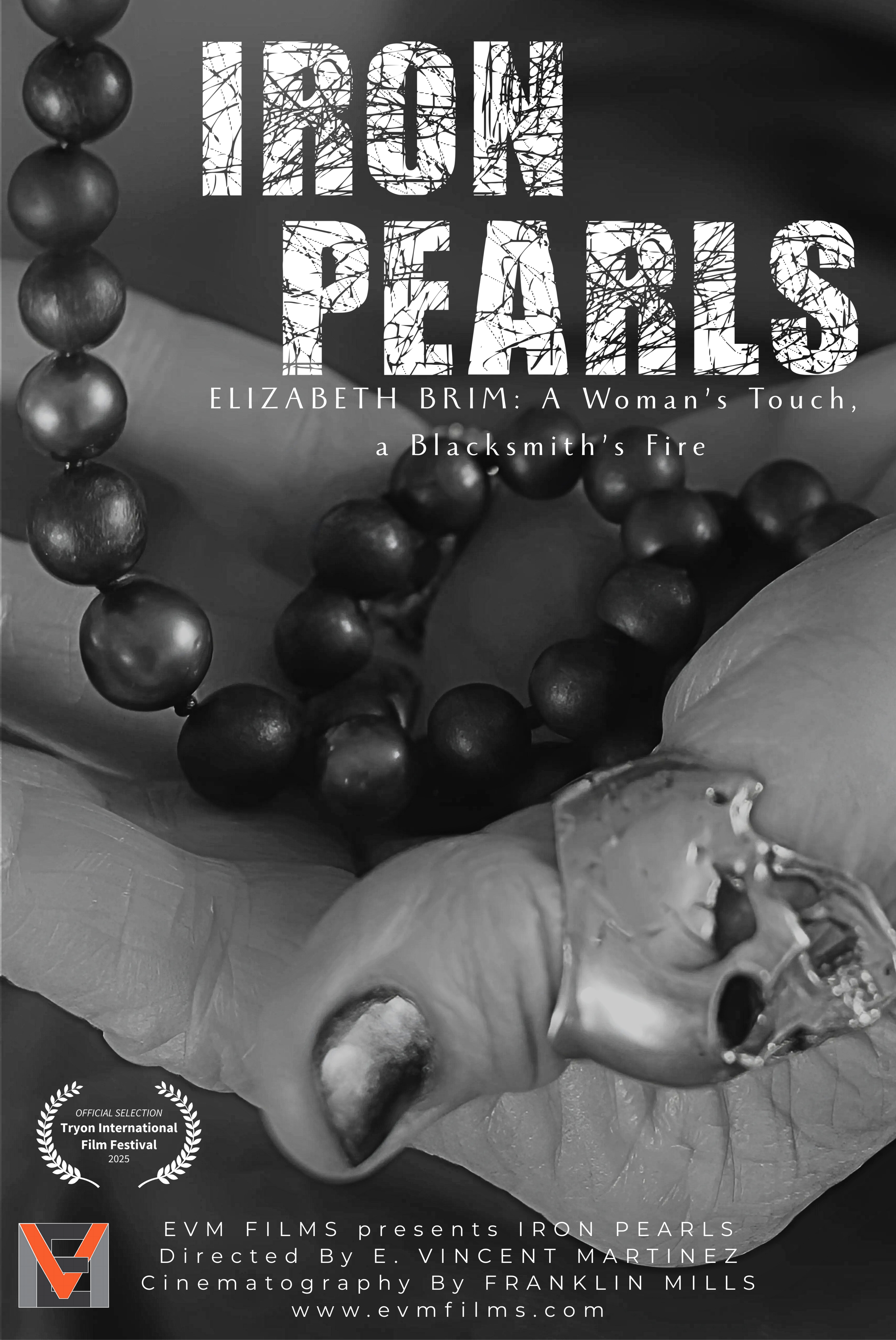Balenciaga Fall 2020 Ready-To-Wear
/Fashion conversations frequently eddy around how much people enjoy ‘immersive’ experiences, but when the audience groped its way into the darkened Balenciaga stadium and suddenly realized that the first two rows were inundated with water—well, that gave ‘immersion’ a hellishly ominous new twist. It was just the beginning of Demna Gvasalia’s procession of sinister characters, walking on a vast stretch of water beneath an apocalyptic sky rent with fire, lightning and churning seas. “It’s the blackest show I ever did,” he said.
Black: its resurgence, the cutting of new silhouettes, its links to minimalism and classicism, is playing throughout fashion this season. To each their own, though. Gvasalia’s route is always freighted with social observation on the state of the world, power politics, dress codes, fetishism. His intense parade of priests and priestesses in long black robes, with their “religious purity, minimalism, austerity” arose from memories of the Orthodox church in Georgia, and looking at the Spanish Catholic origins of Cristóbal Balenciaga. “He made his first dresses from black velvet, for a Marquesa to wear to church,” said Gvasalia.
“I had a lot of clerical wear in my research. I come from a country where the Orthodox religion has been so predominant,” he said. “I went to church to confess every Saturday. Back then, I remember looking at all these young priests and monks, wearing these long robes and thinking, ‘How beautiful.’ You see them around Europe with their beards, hair knotted back and backpacks. I don’t know, I find it quite hot—but that’s my fetish.”
More than anything, though, Gvasalia said he wanted to shift the parameters of menswear, so he could finally get to don some Balenciaga priestly maxi-skirts himself: “How come it is acceptable for clerics to wear that, but if I put on a long jacket and a skirt I will be looked at? I can’t, even in 2020!” But there were no two ways about it—on the runway, these men looked menacing.
On closer inspection, they were wearing demonic red or black contact lenses; their faces brutally augmented with protheses. “Religious dress codes are all about hiding the body, about being ashamed—body and sex is the taboo. Whereas when you look into it, some of these people are the nastiest perverts,” said Gvasalia.
Holding that thought—about constraint, rules and belonging to sects—set him off, designing neoprene suits with tiny compressed waists for women and black leather “Pantaboots” with padlocked “chastity belts” and a whole series of leather biker suits.
It’s telling that Gvasalia has been spending so much time researching Cristóbal Balenciga’s archive—no doubt in preparation for his first Haute Couture collection in July. Maybe some of what he called “our gala girls” in draped dresses with gloved sleeves and built-in leggings are a foretaste?
As for hope, despite the biblical apocalyptic scenario Gvasalia created for fall: “In spite of all that’s going on in fashion and the world, I still love this. I suppose until the day I die, this is what I am passionate about. I love making clothes.”
Source: Vogue
FASHIONADO

